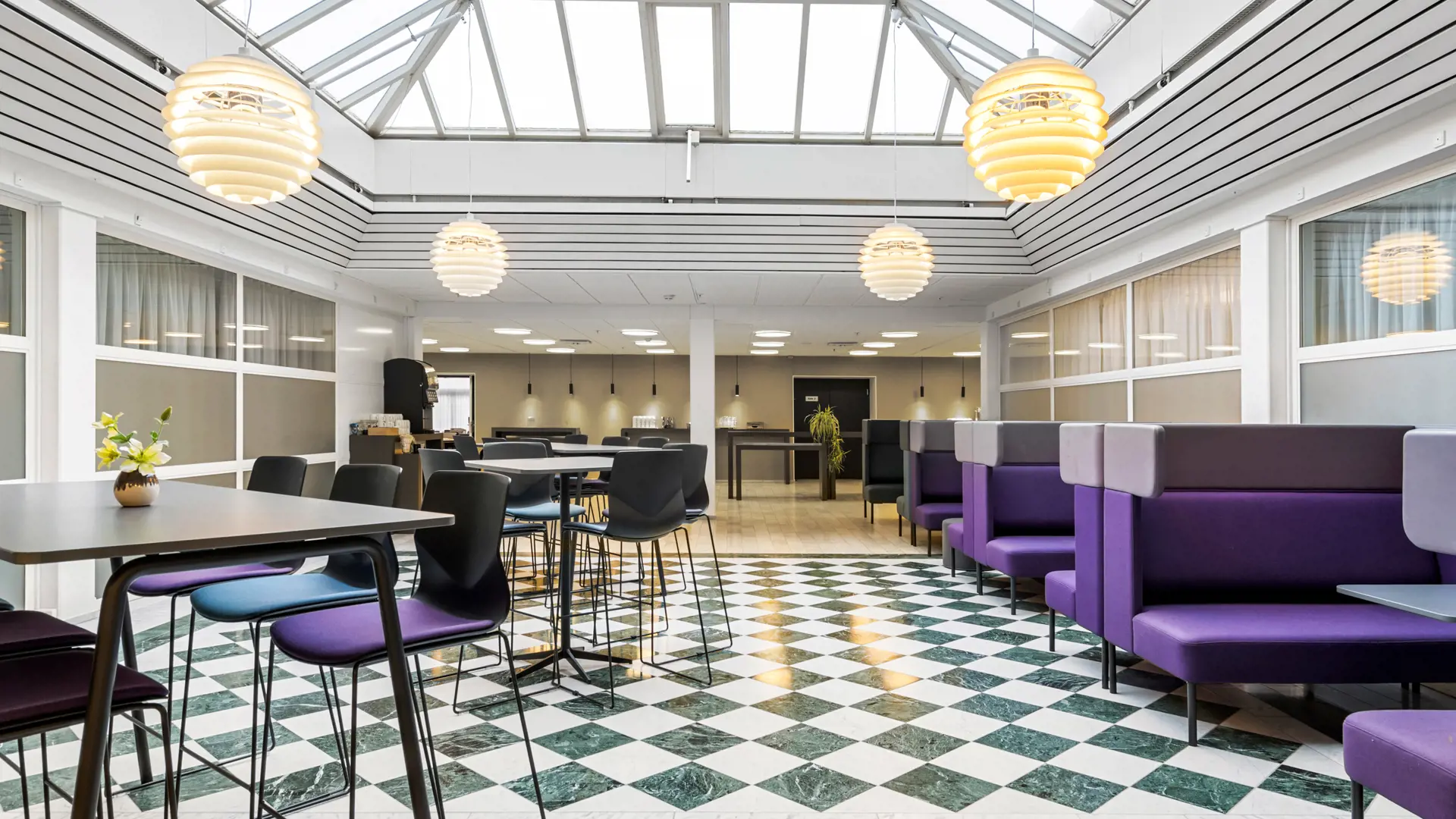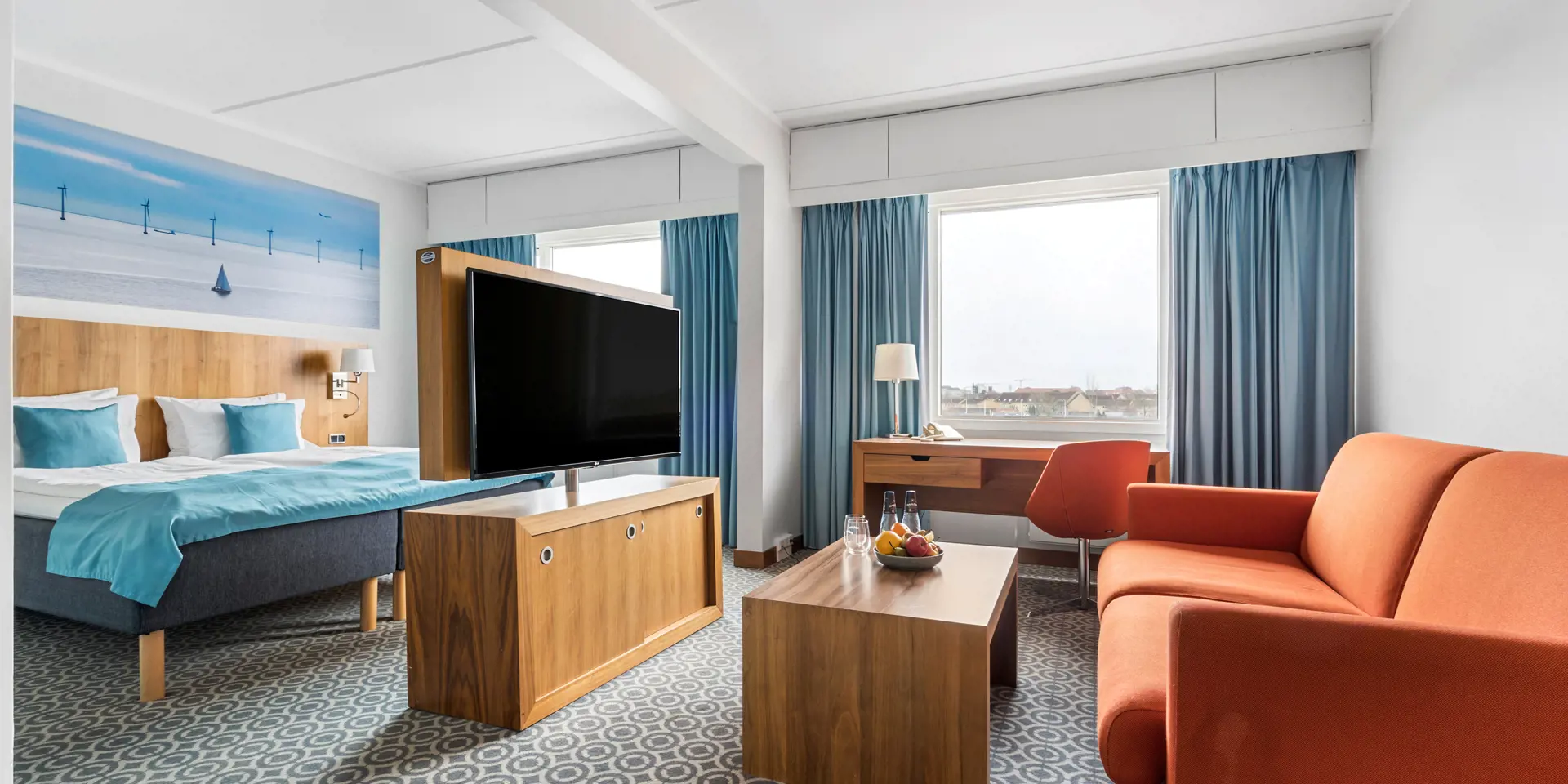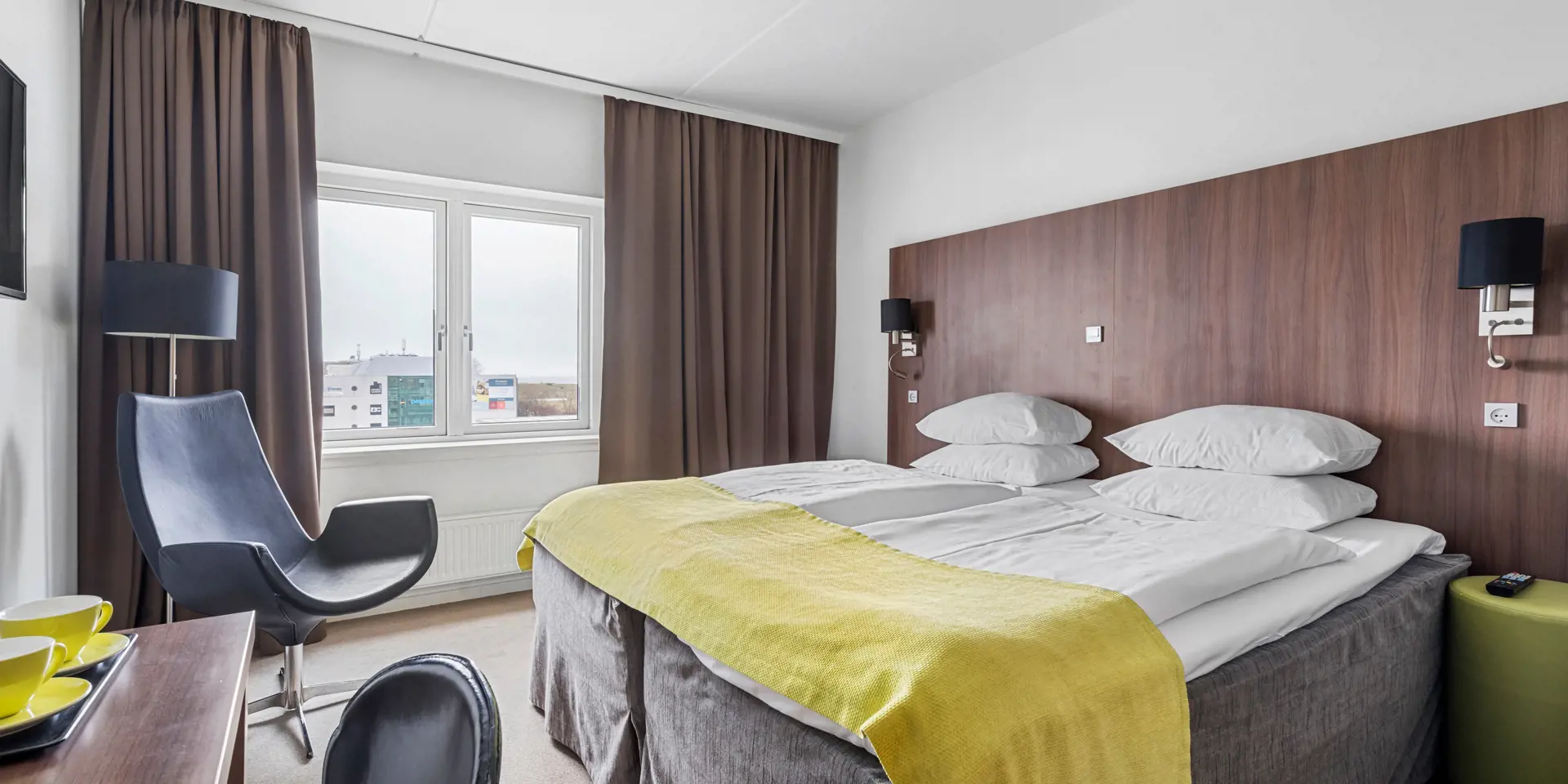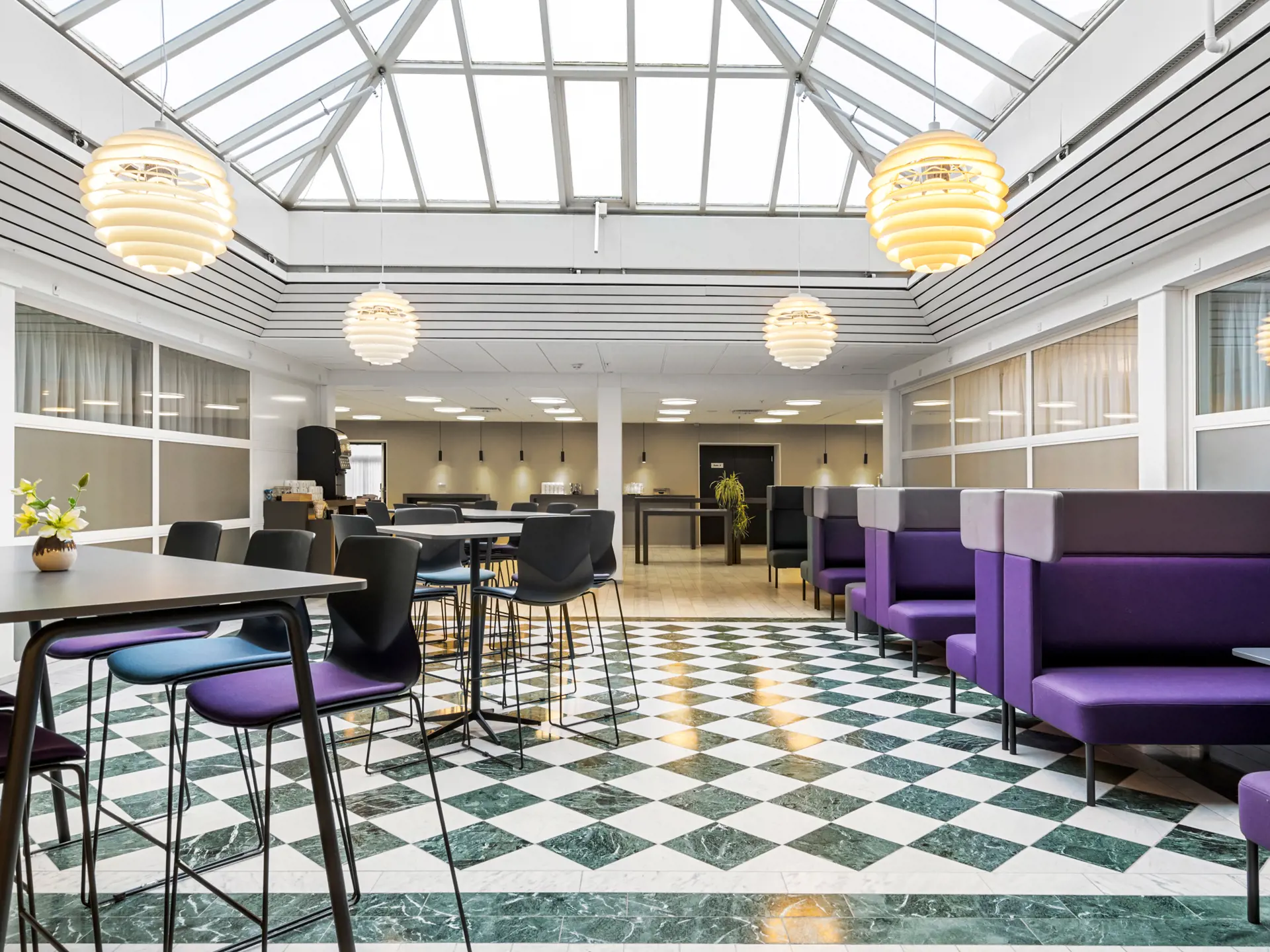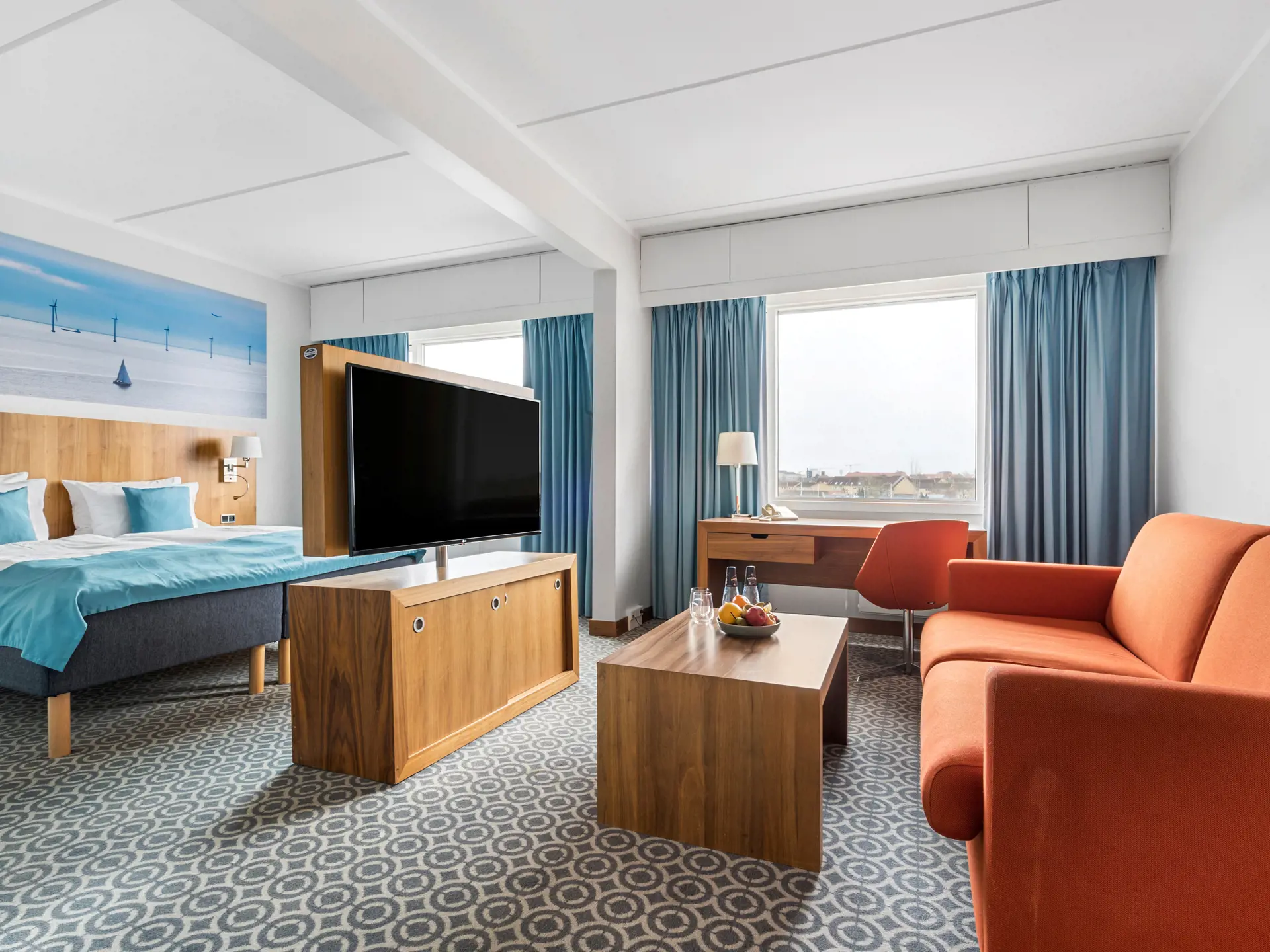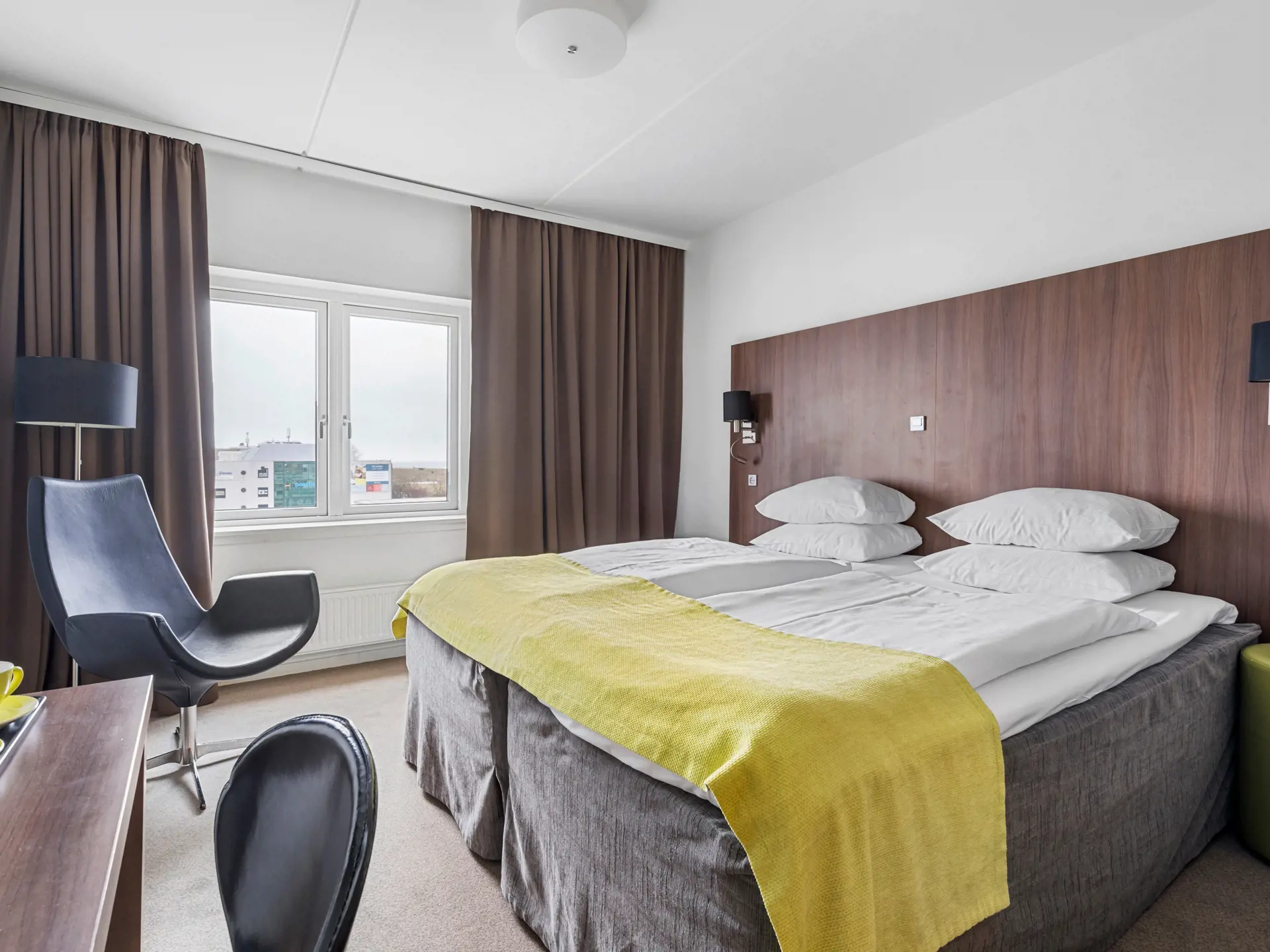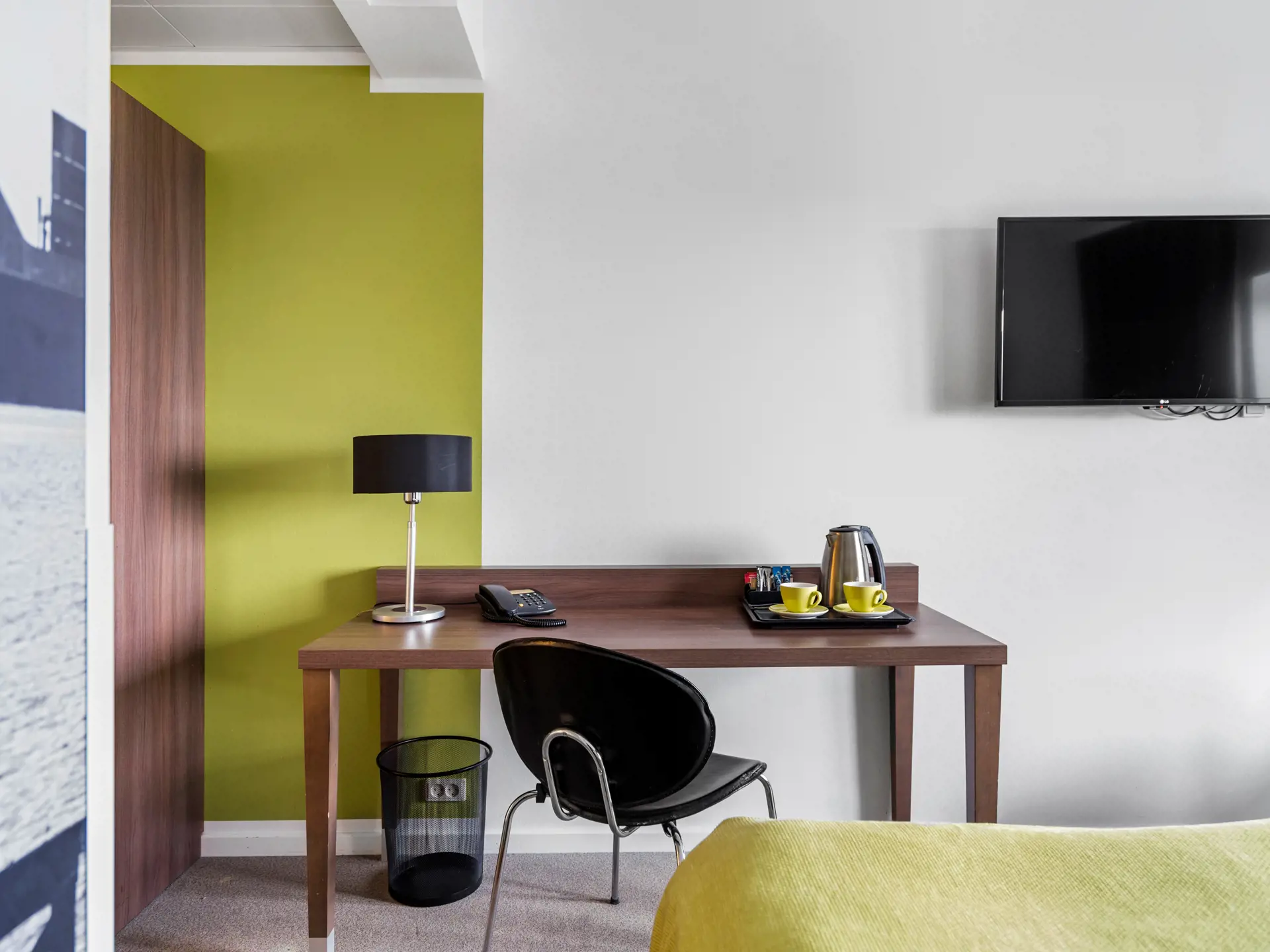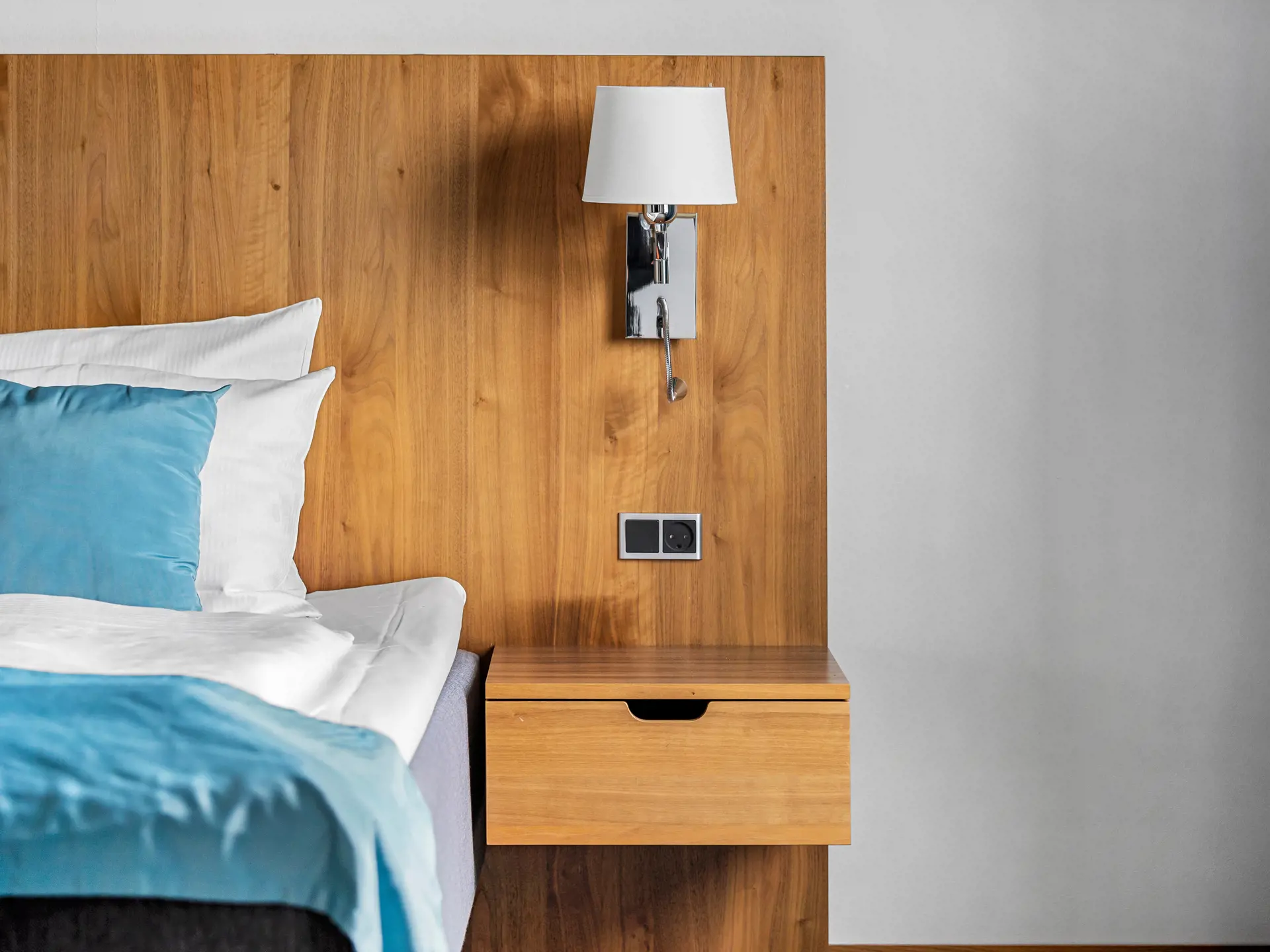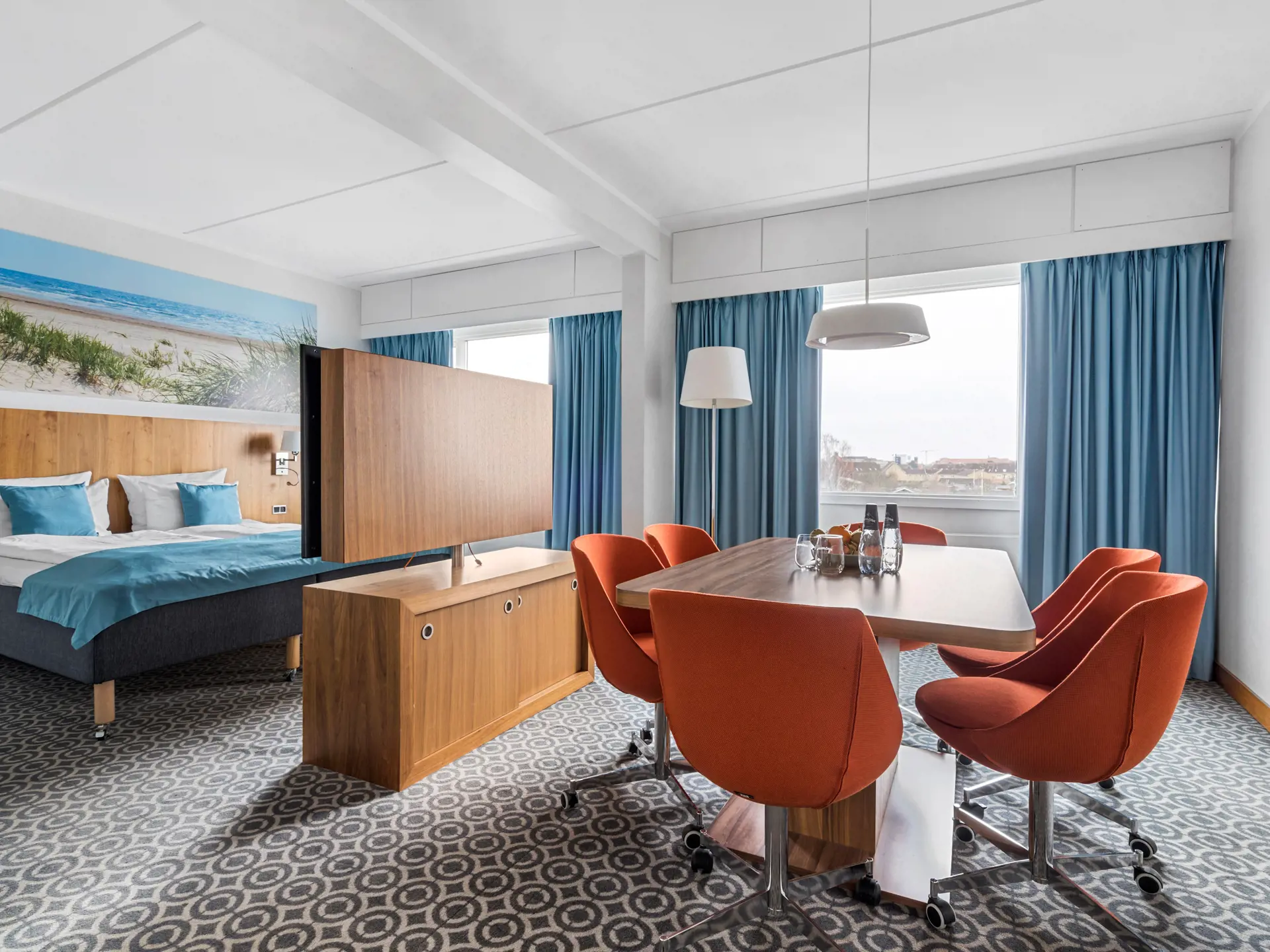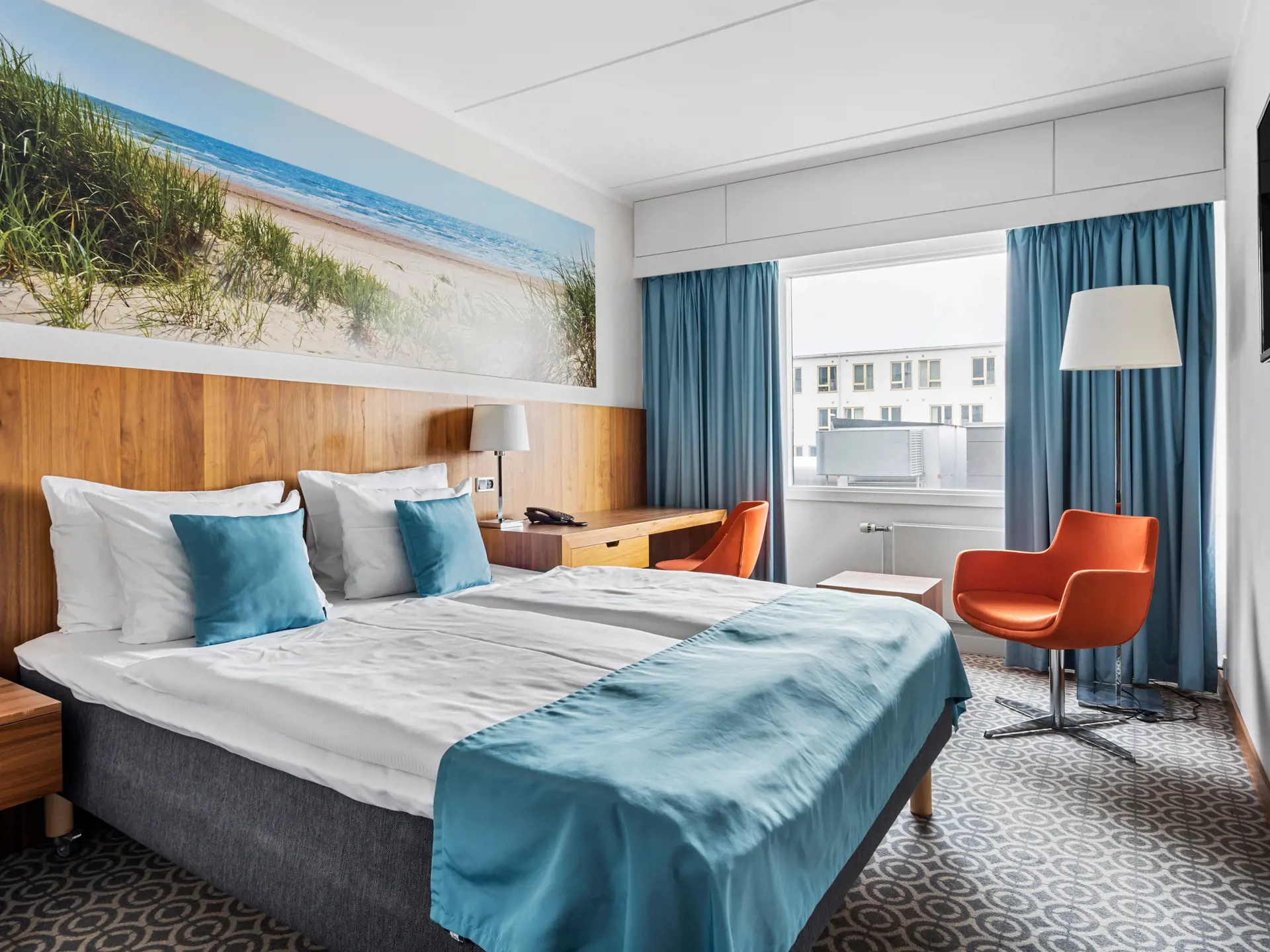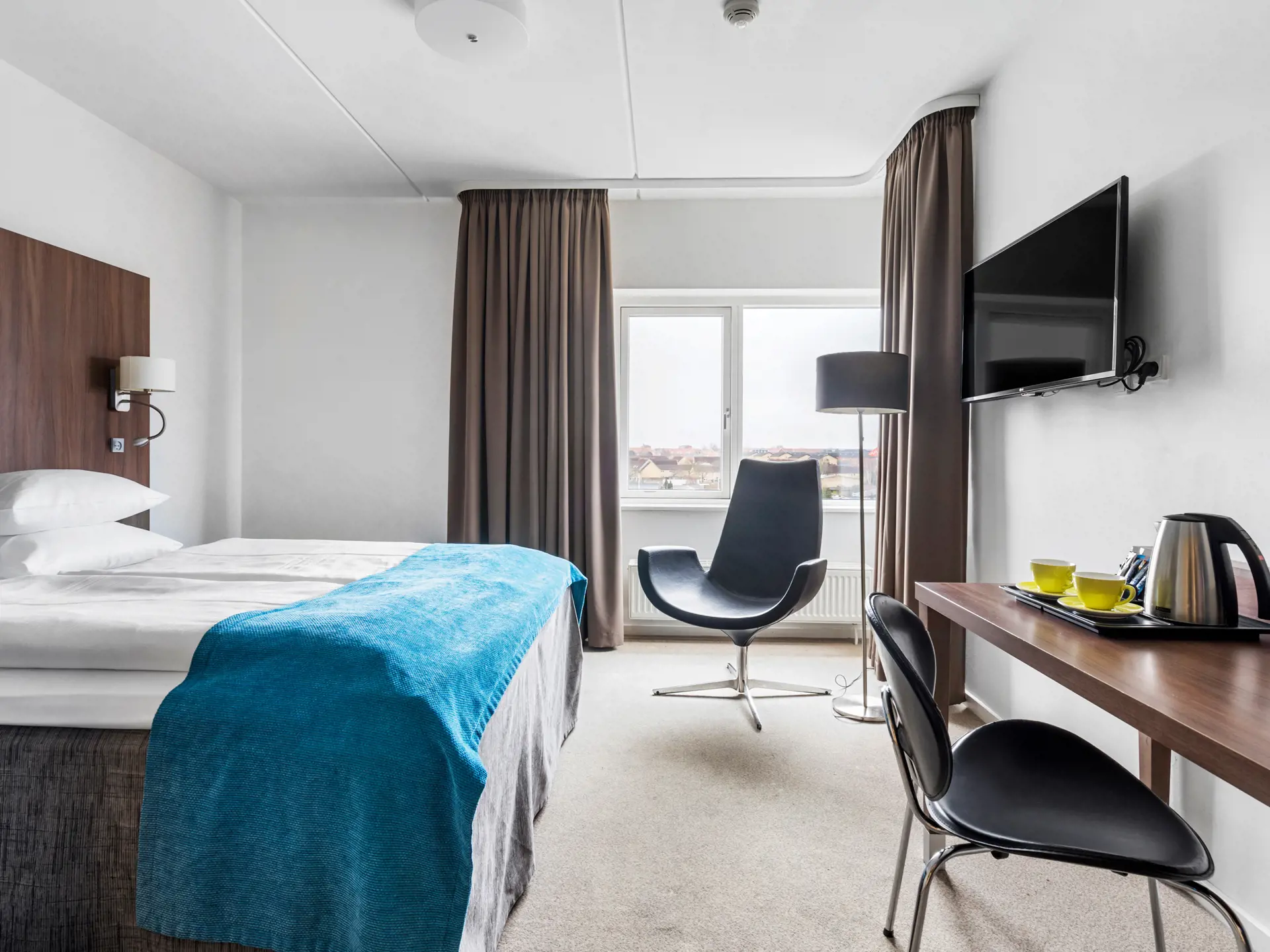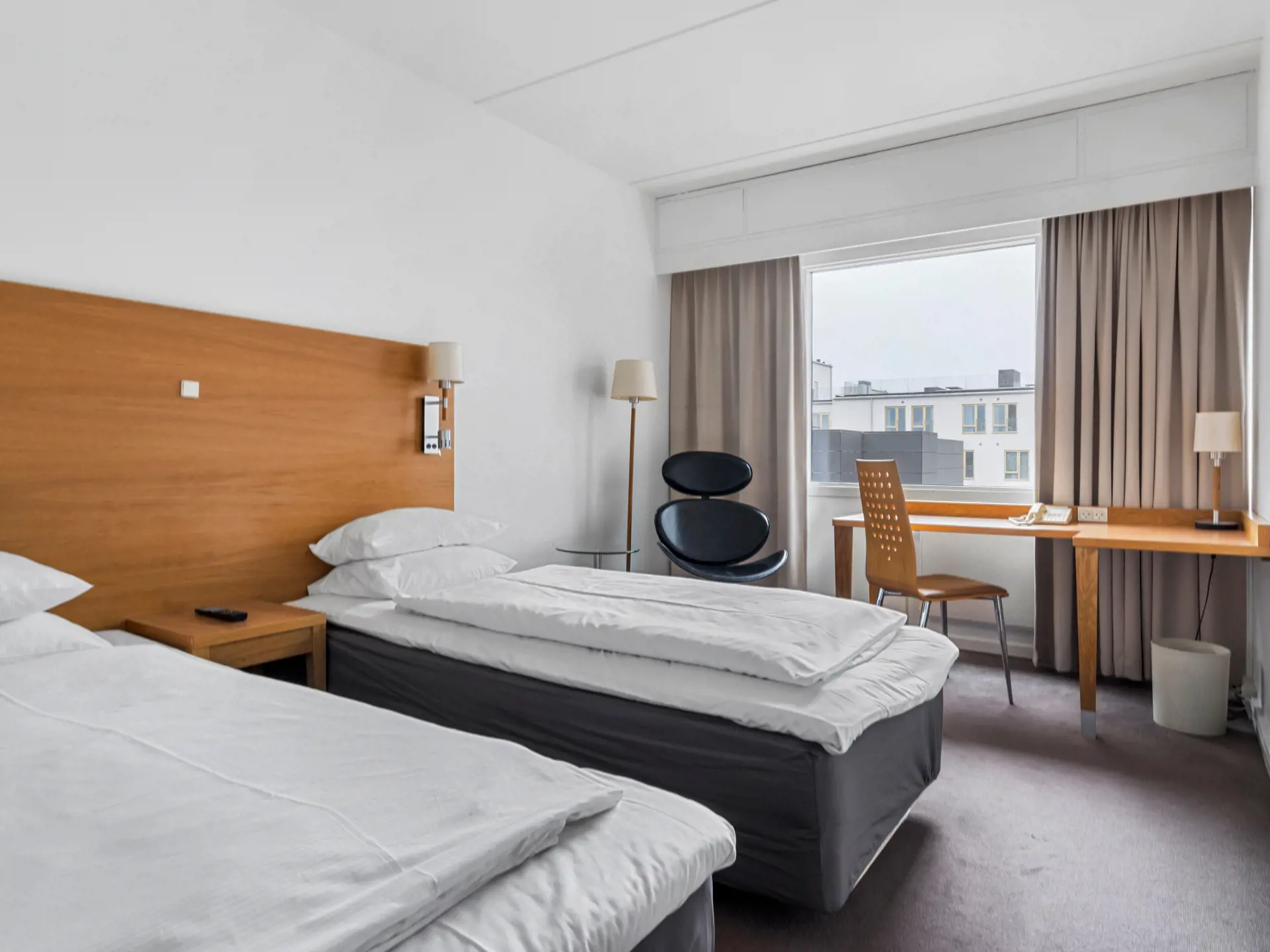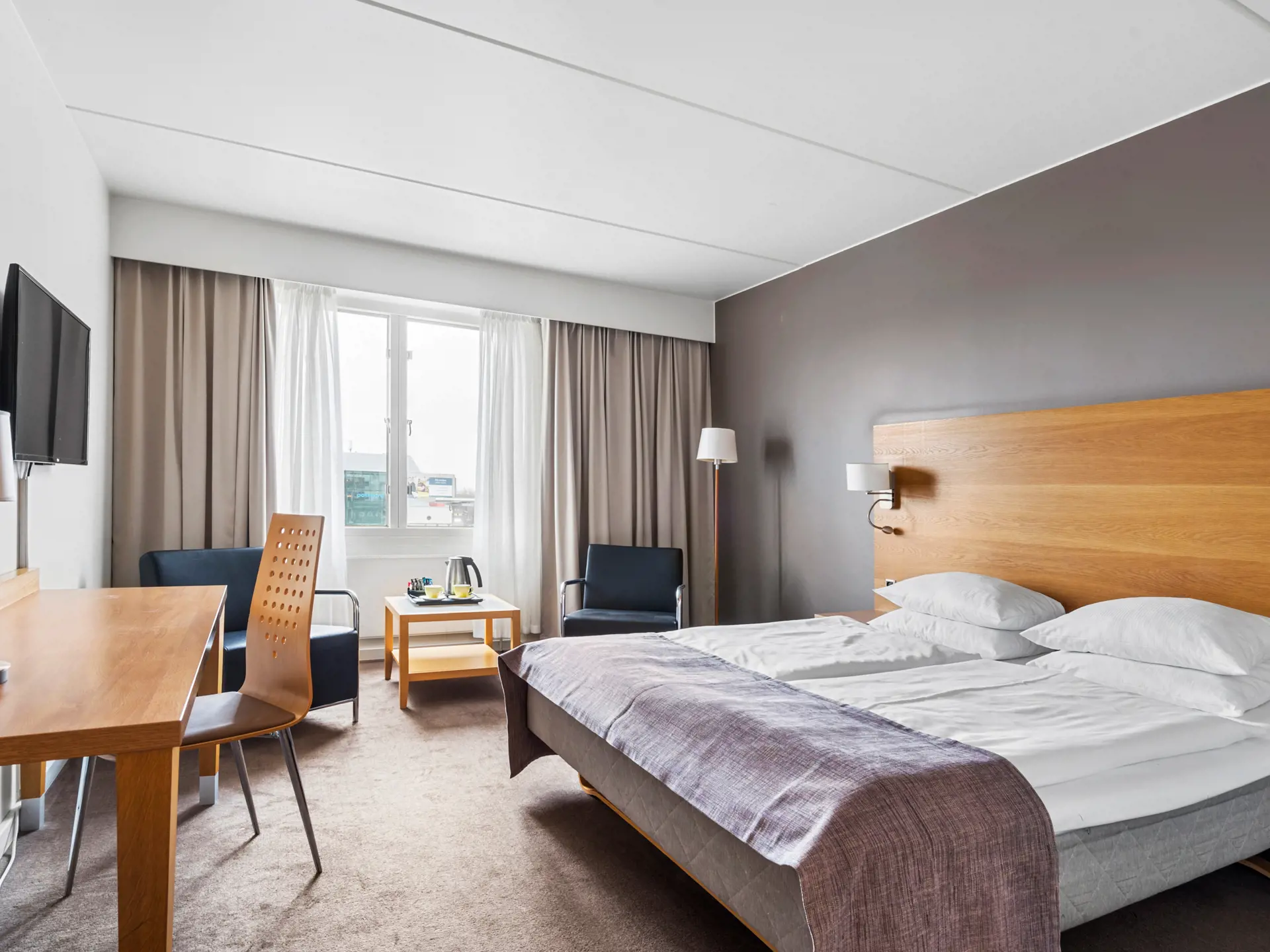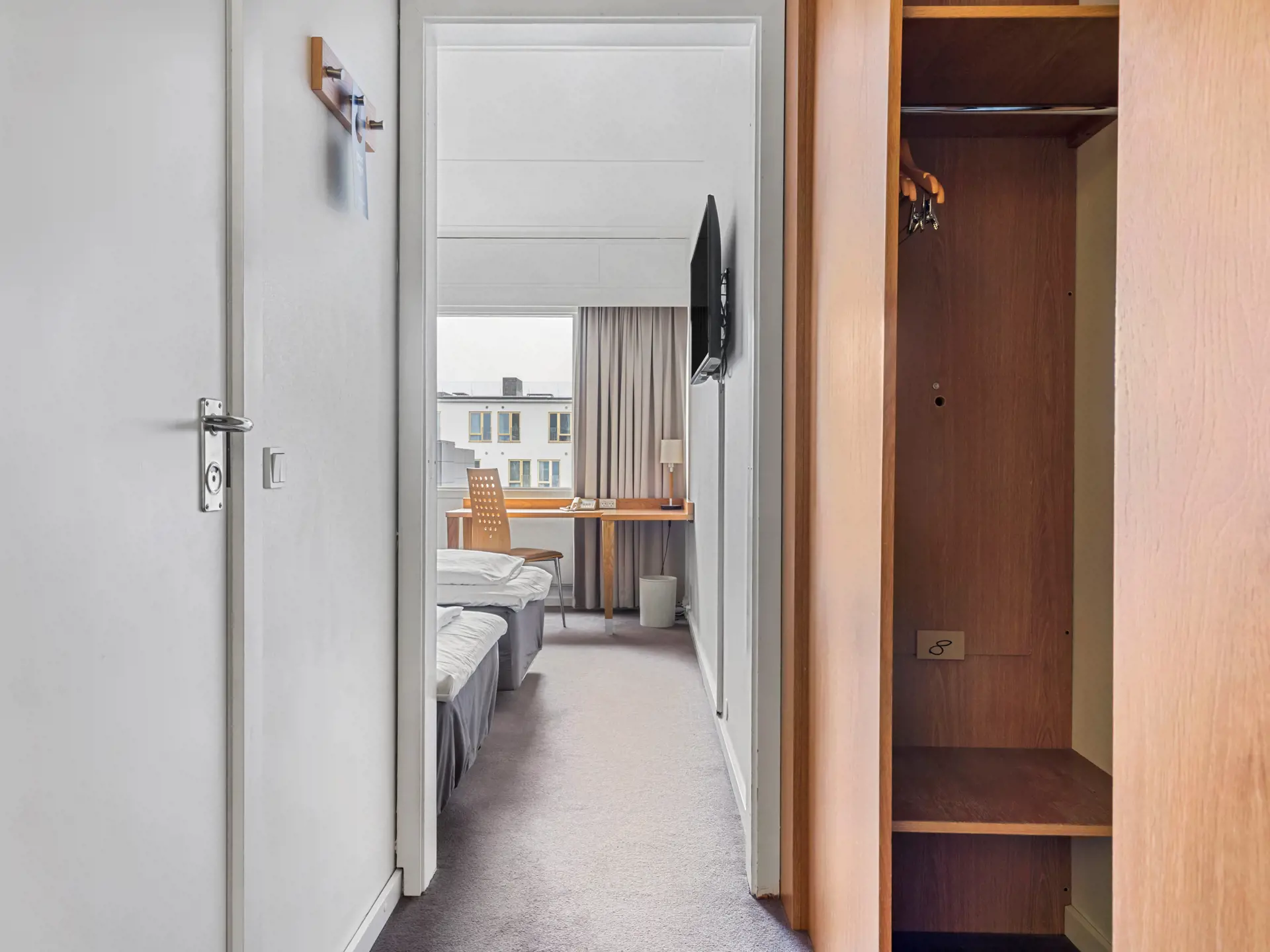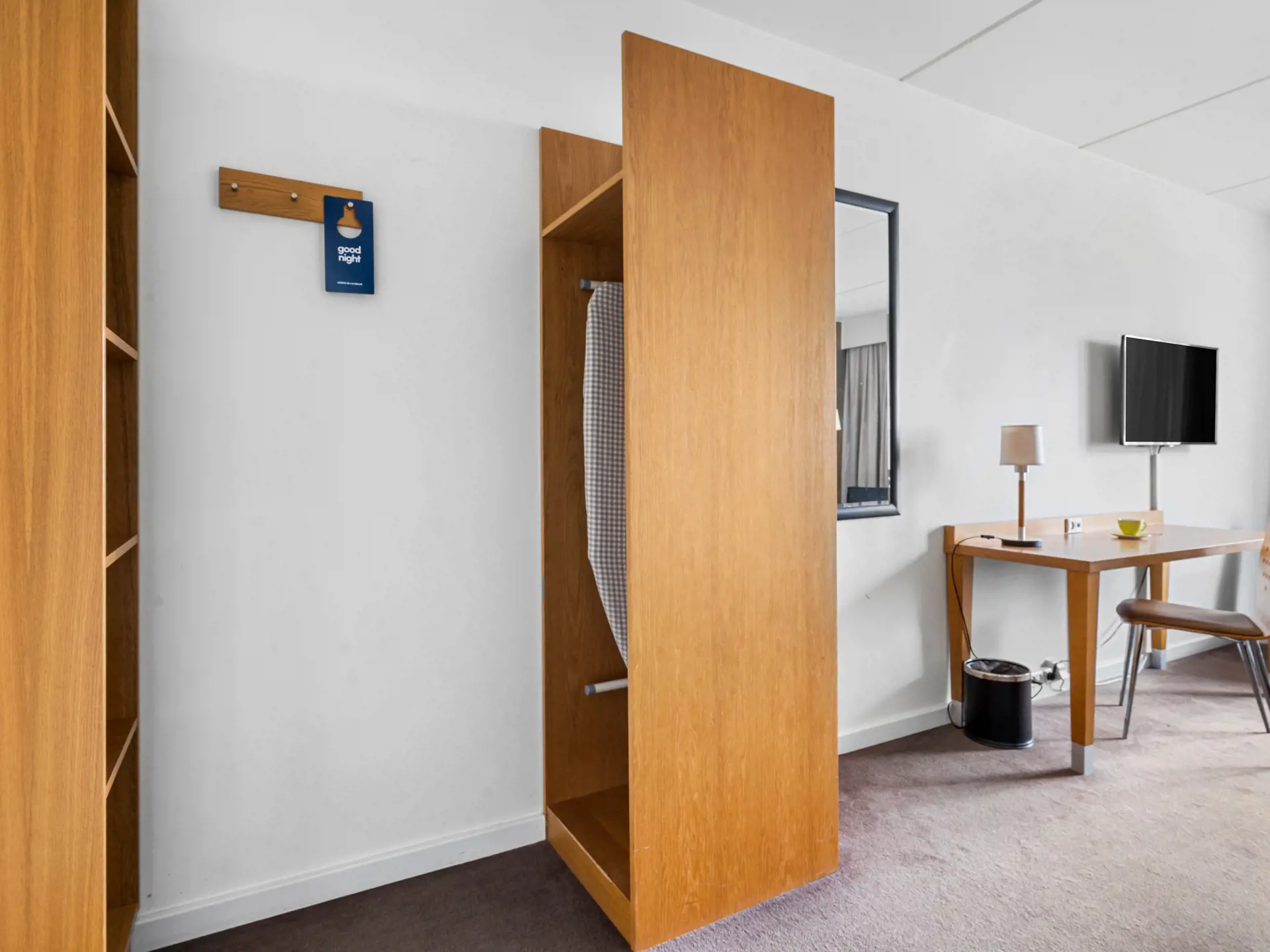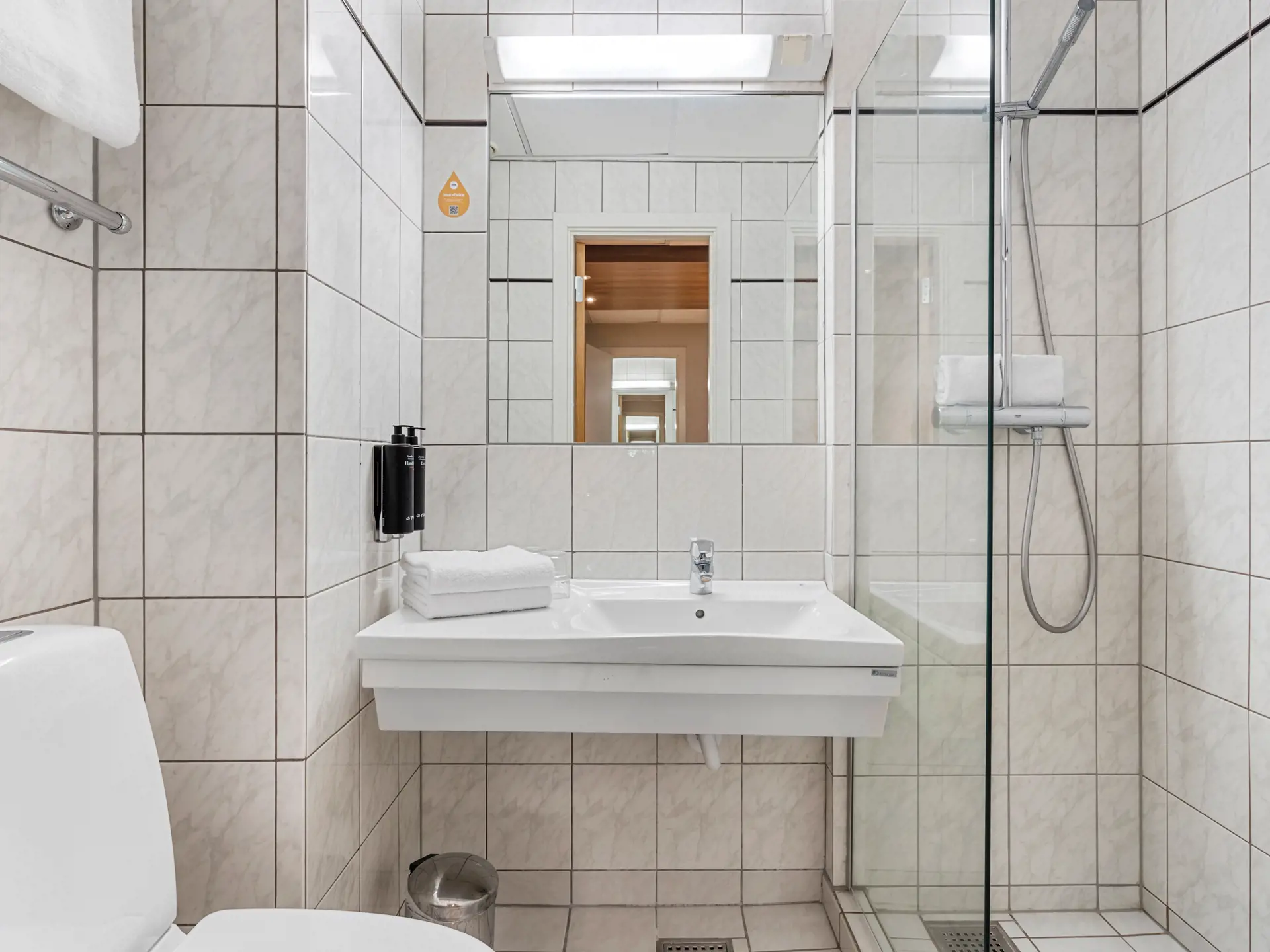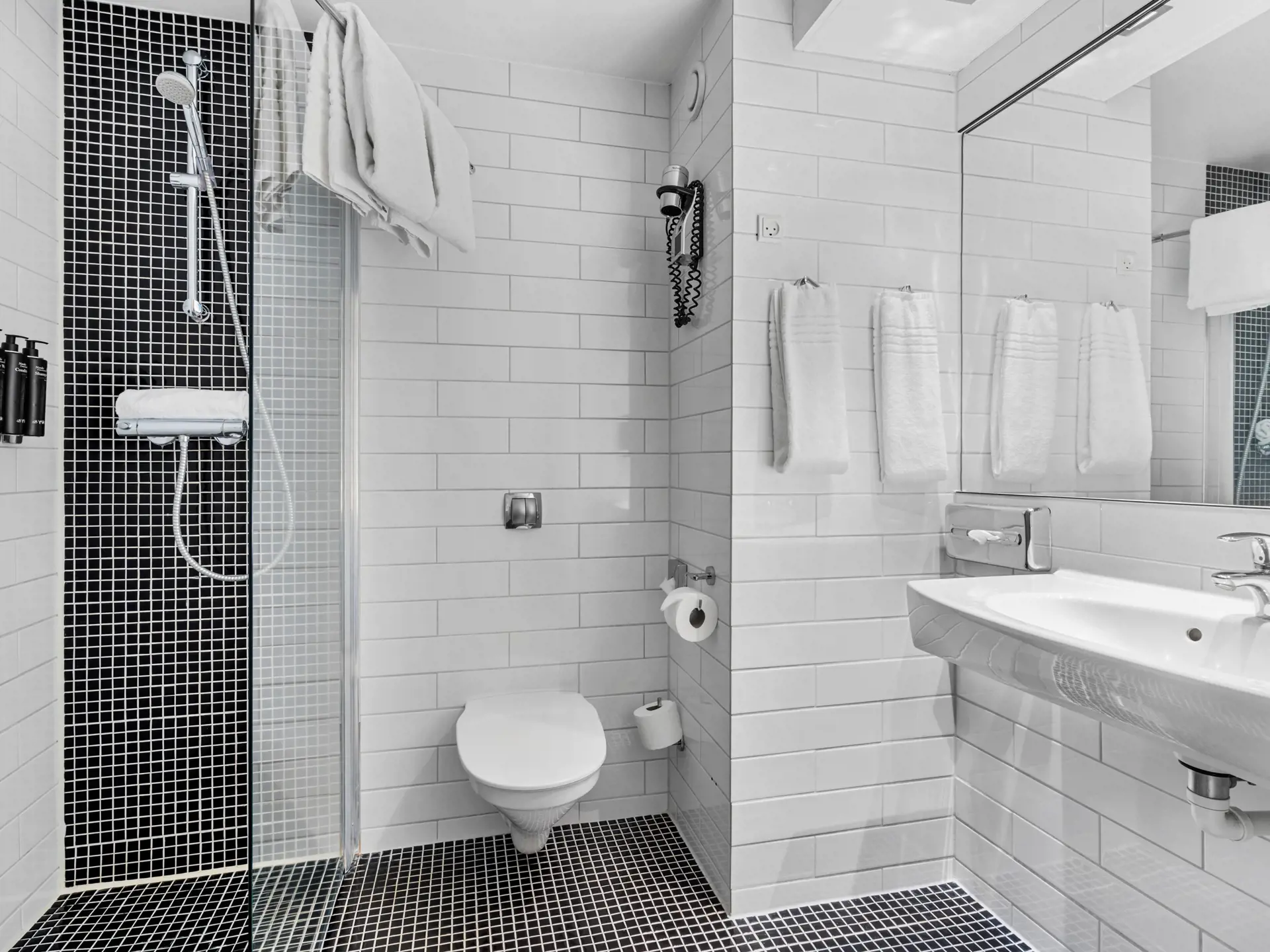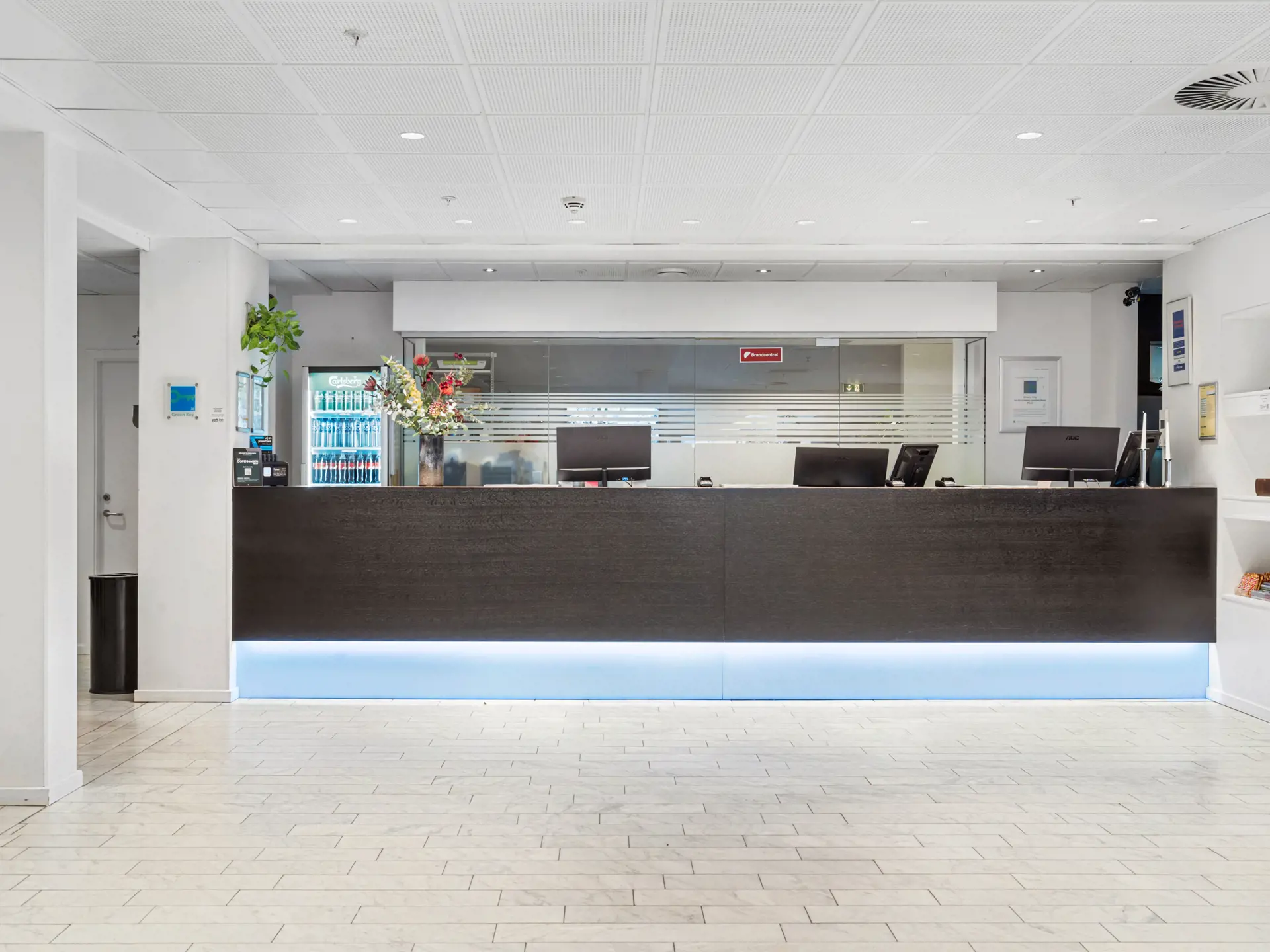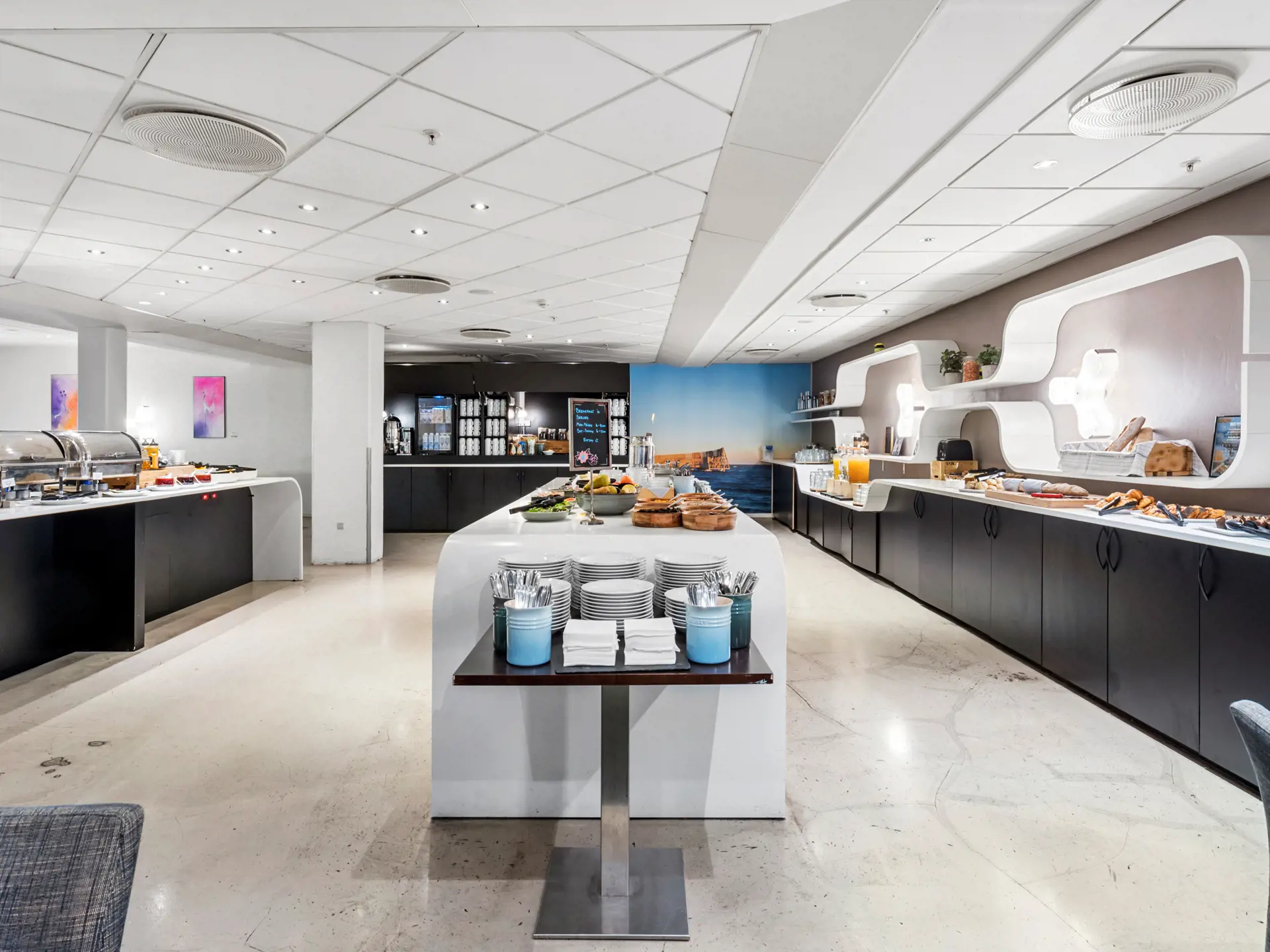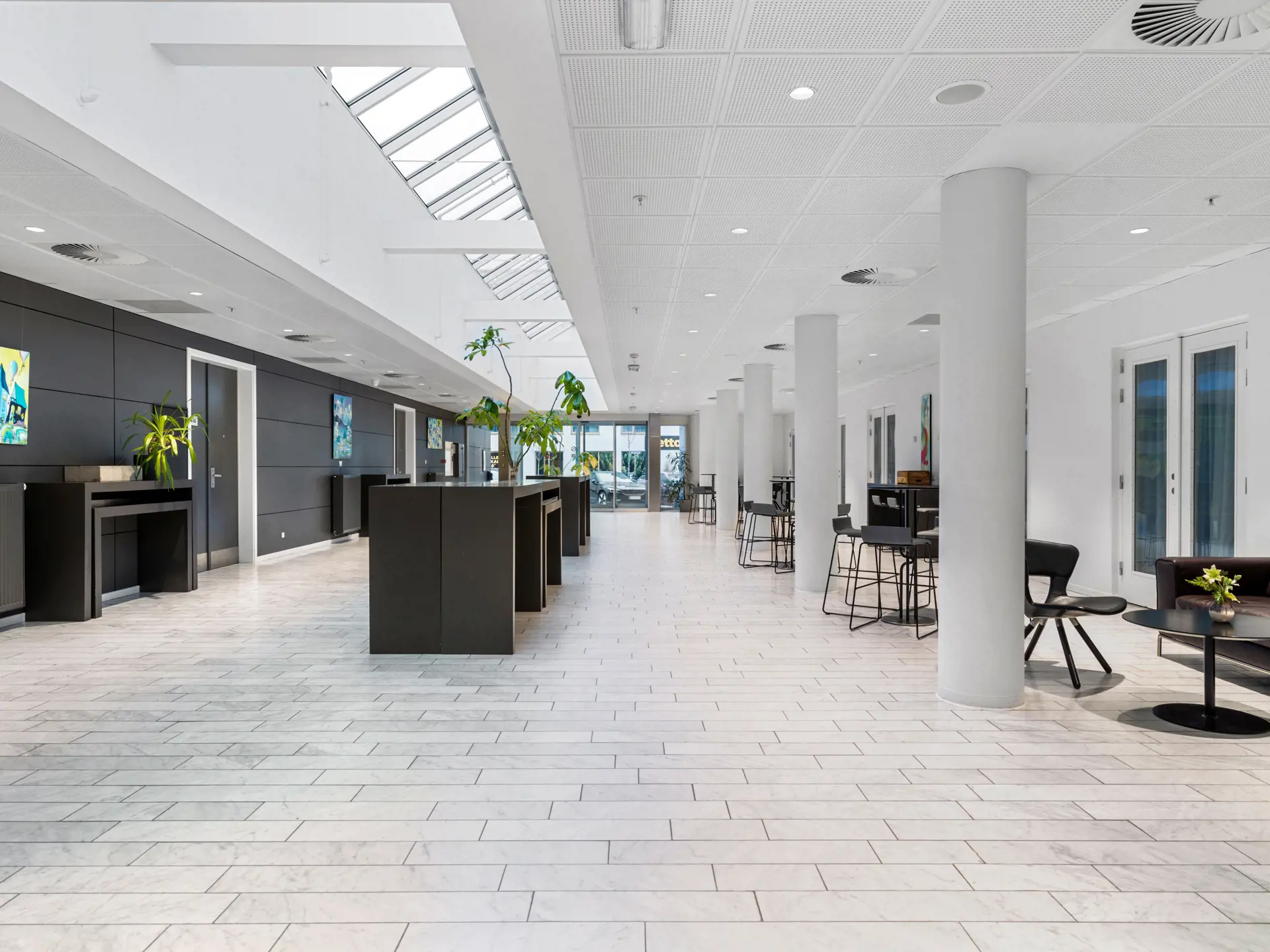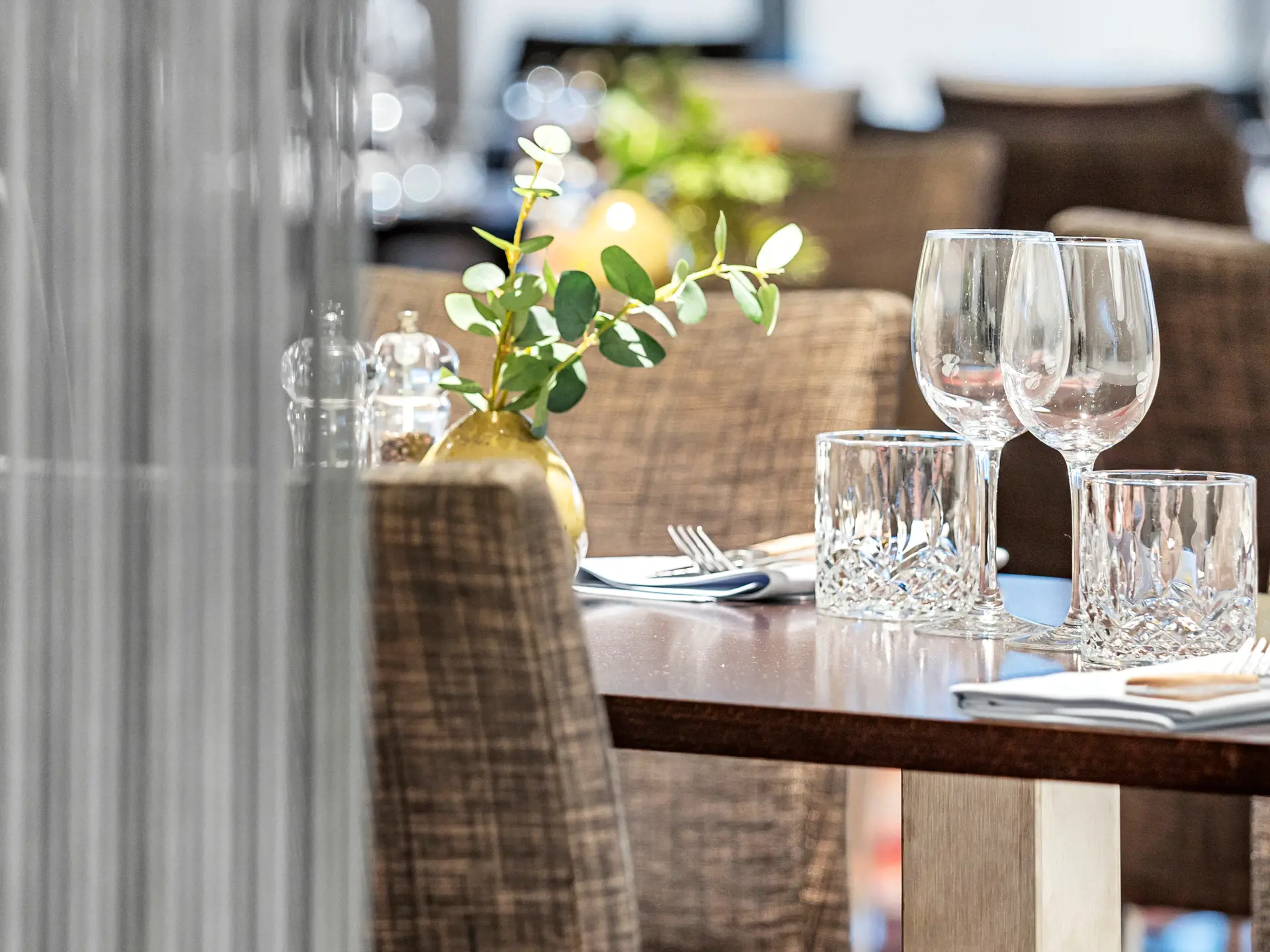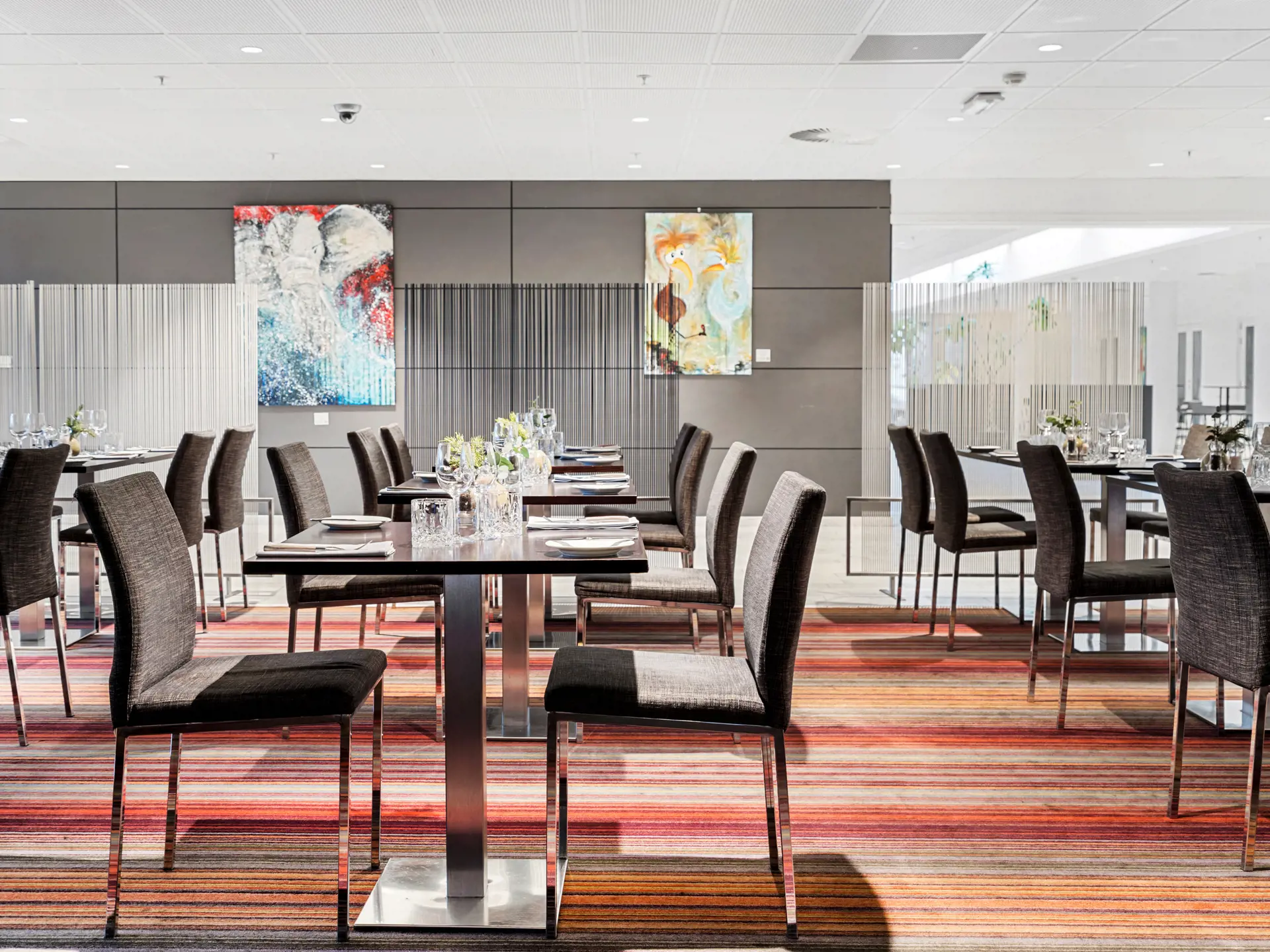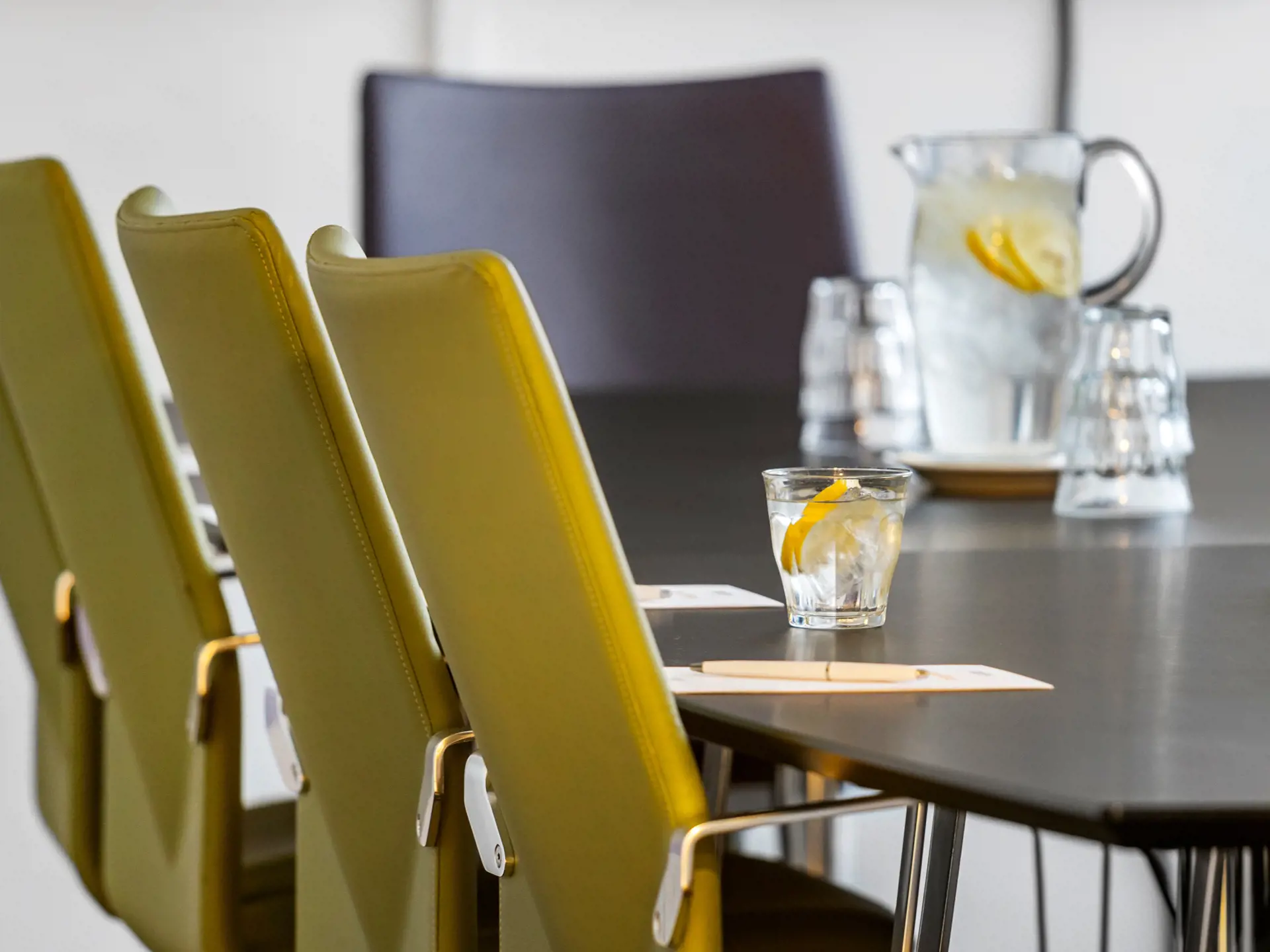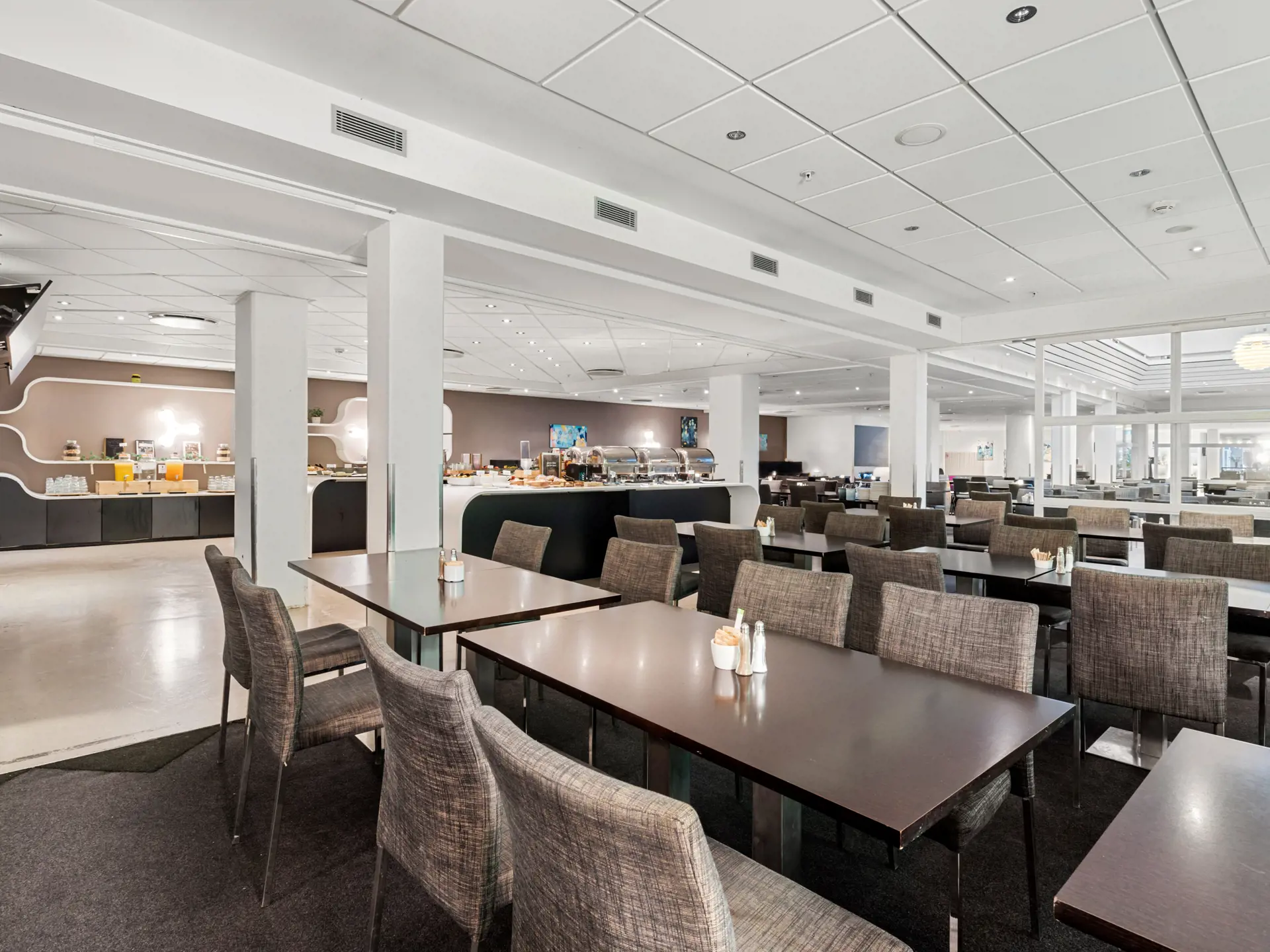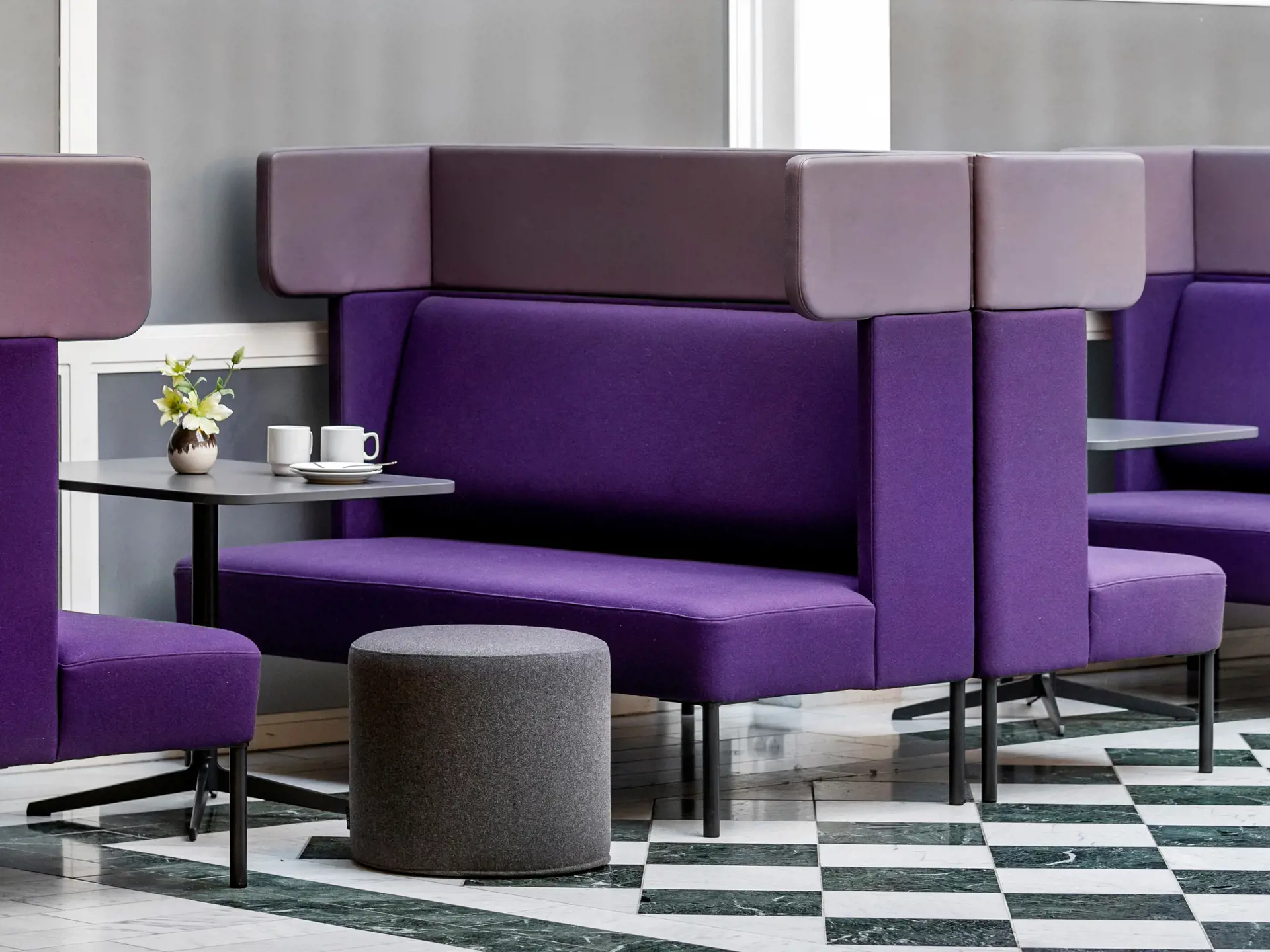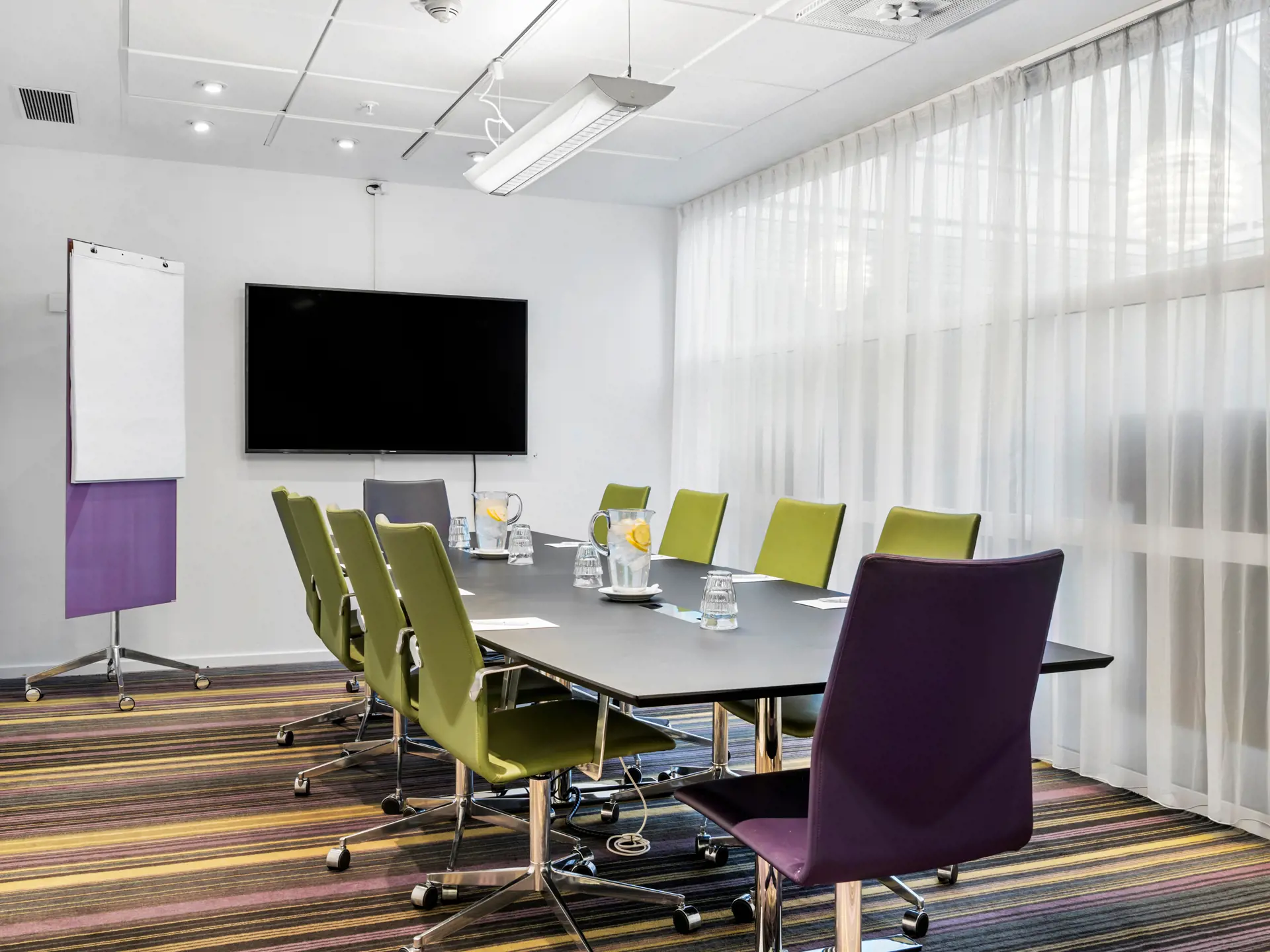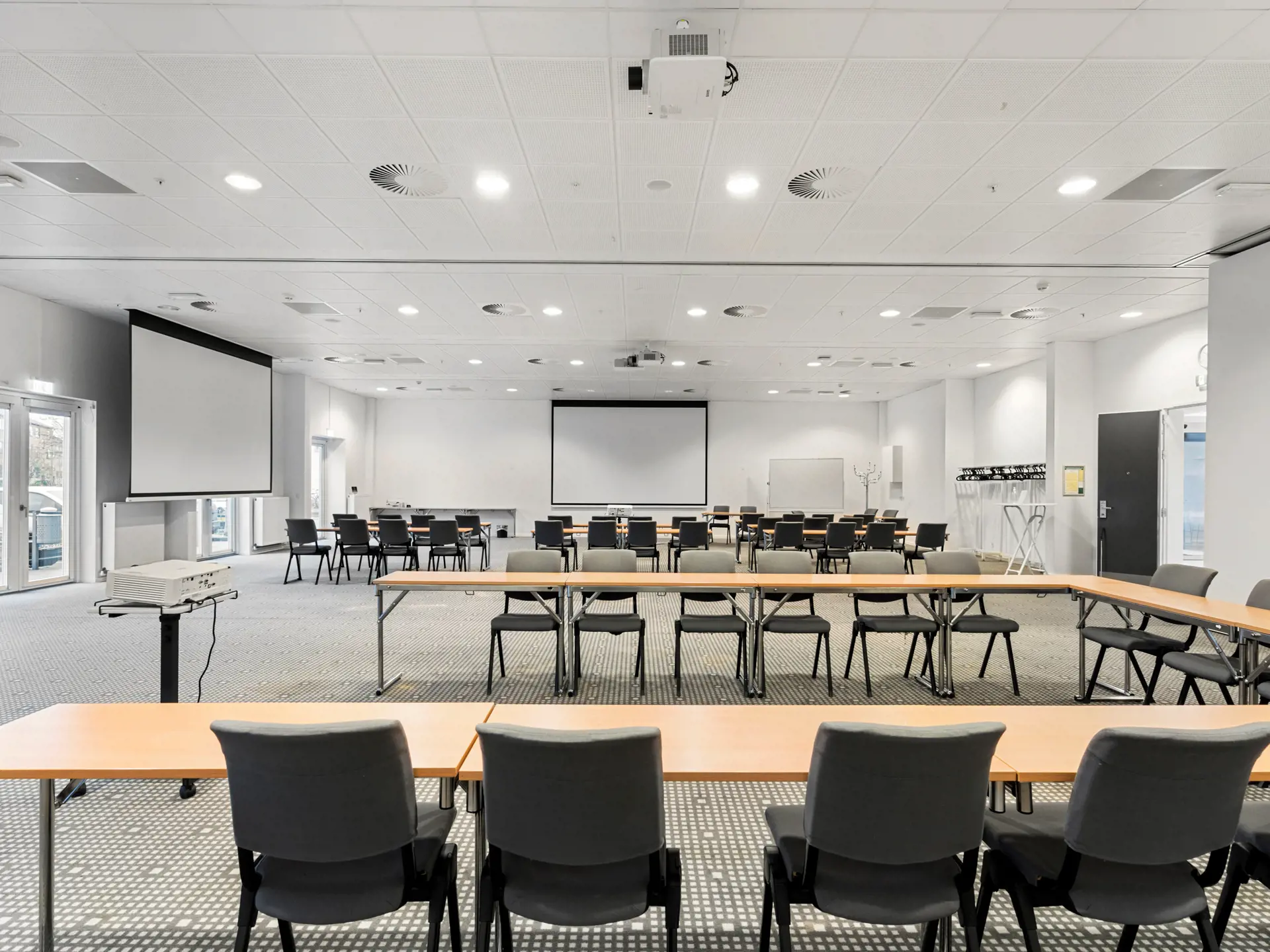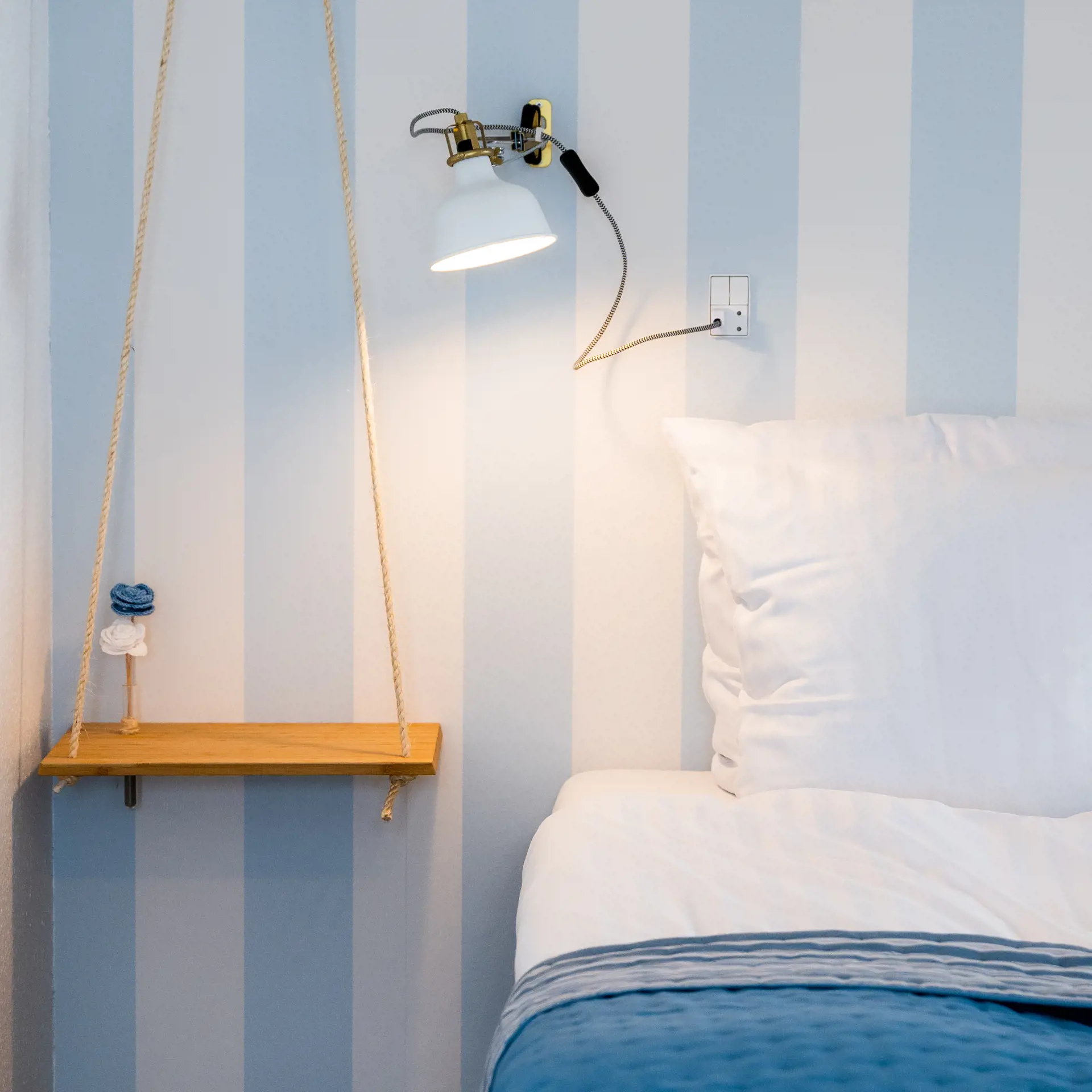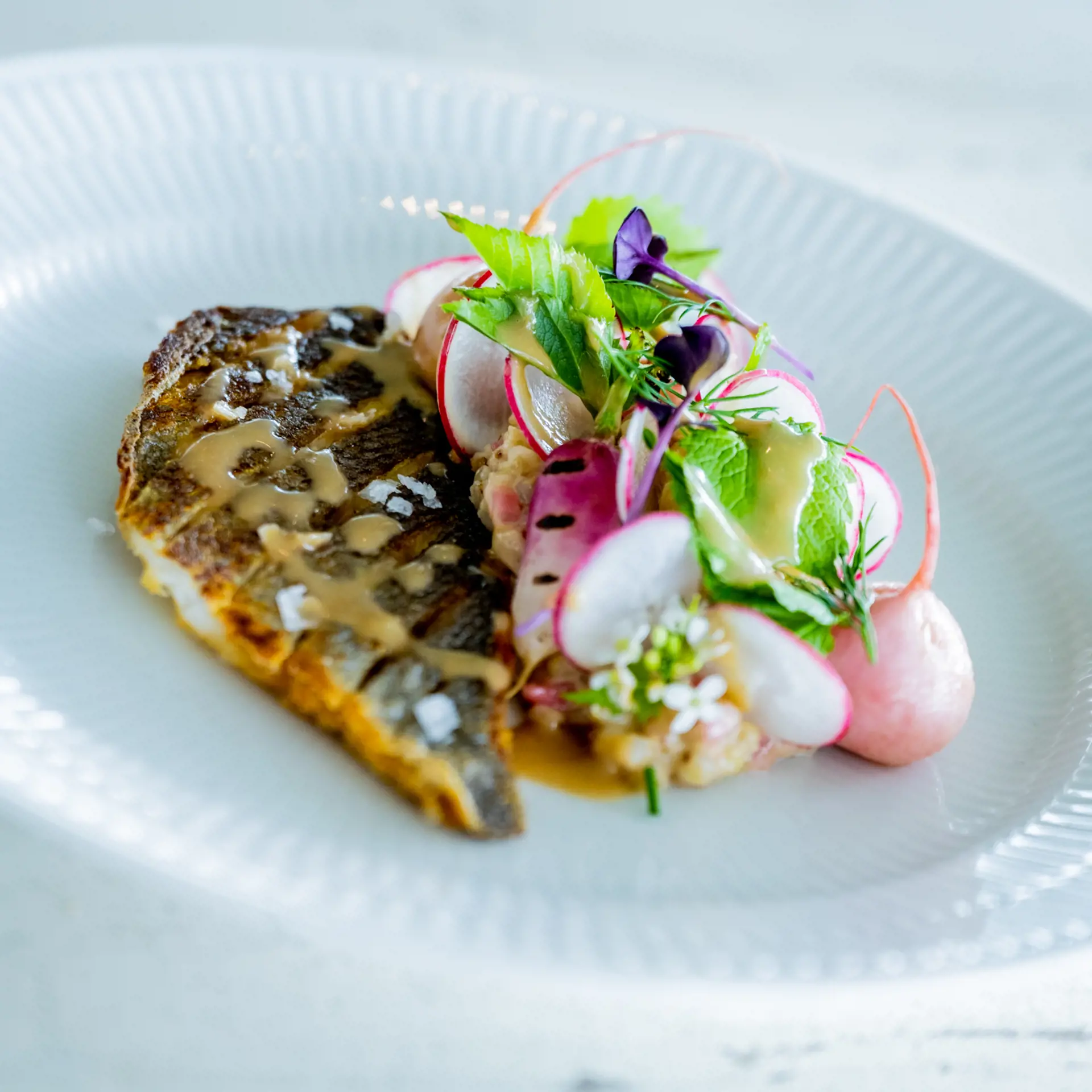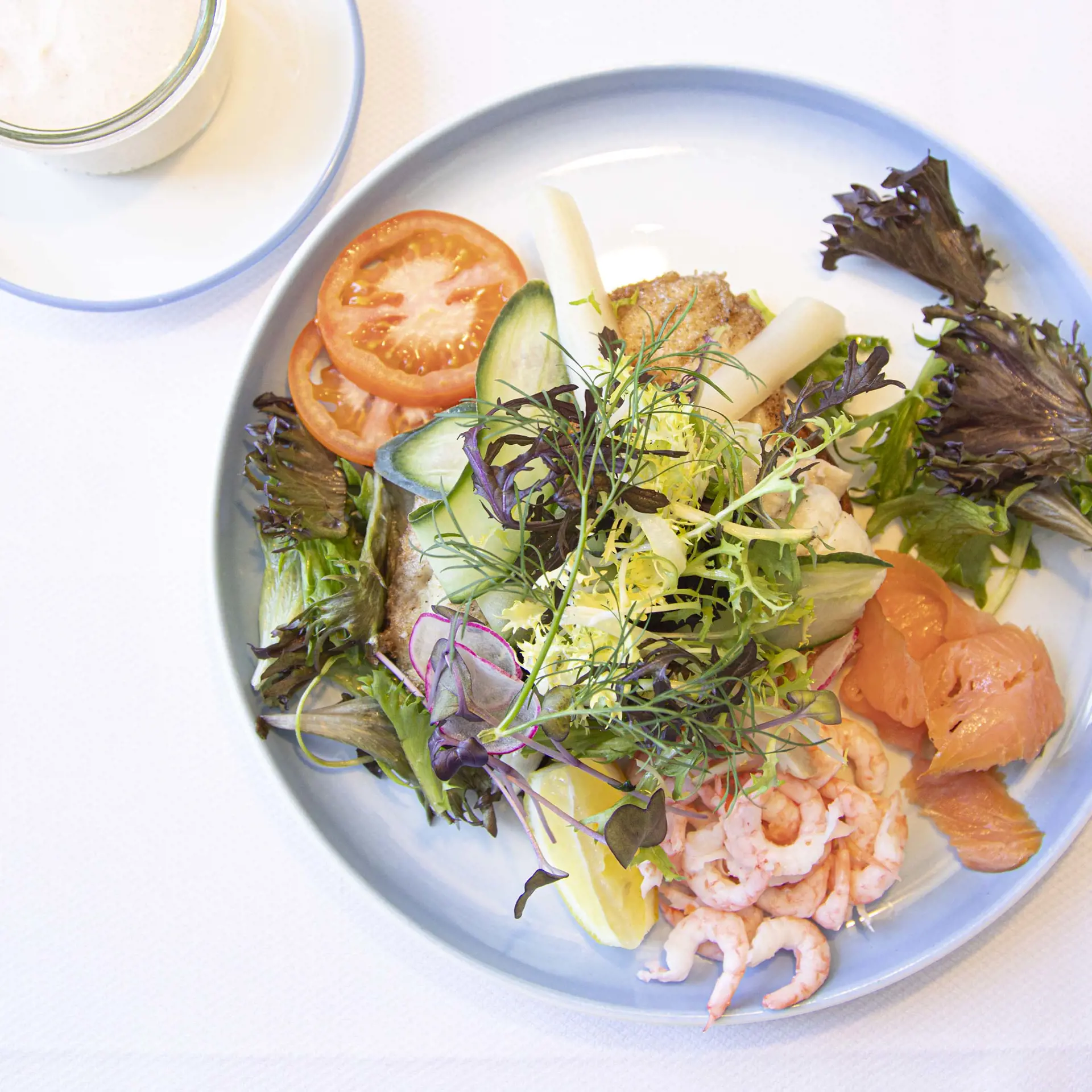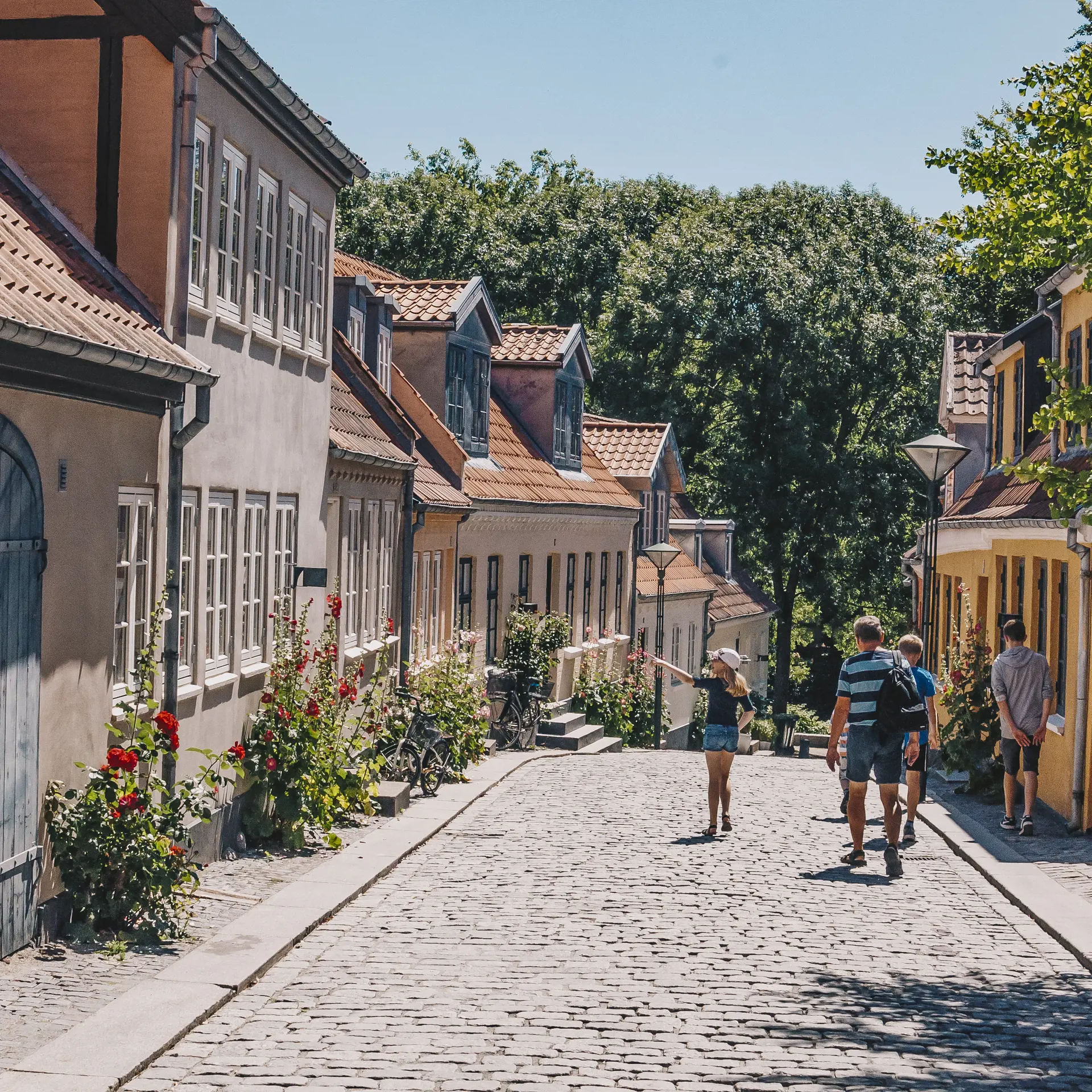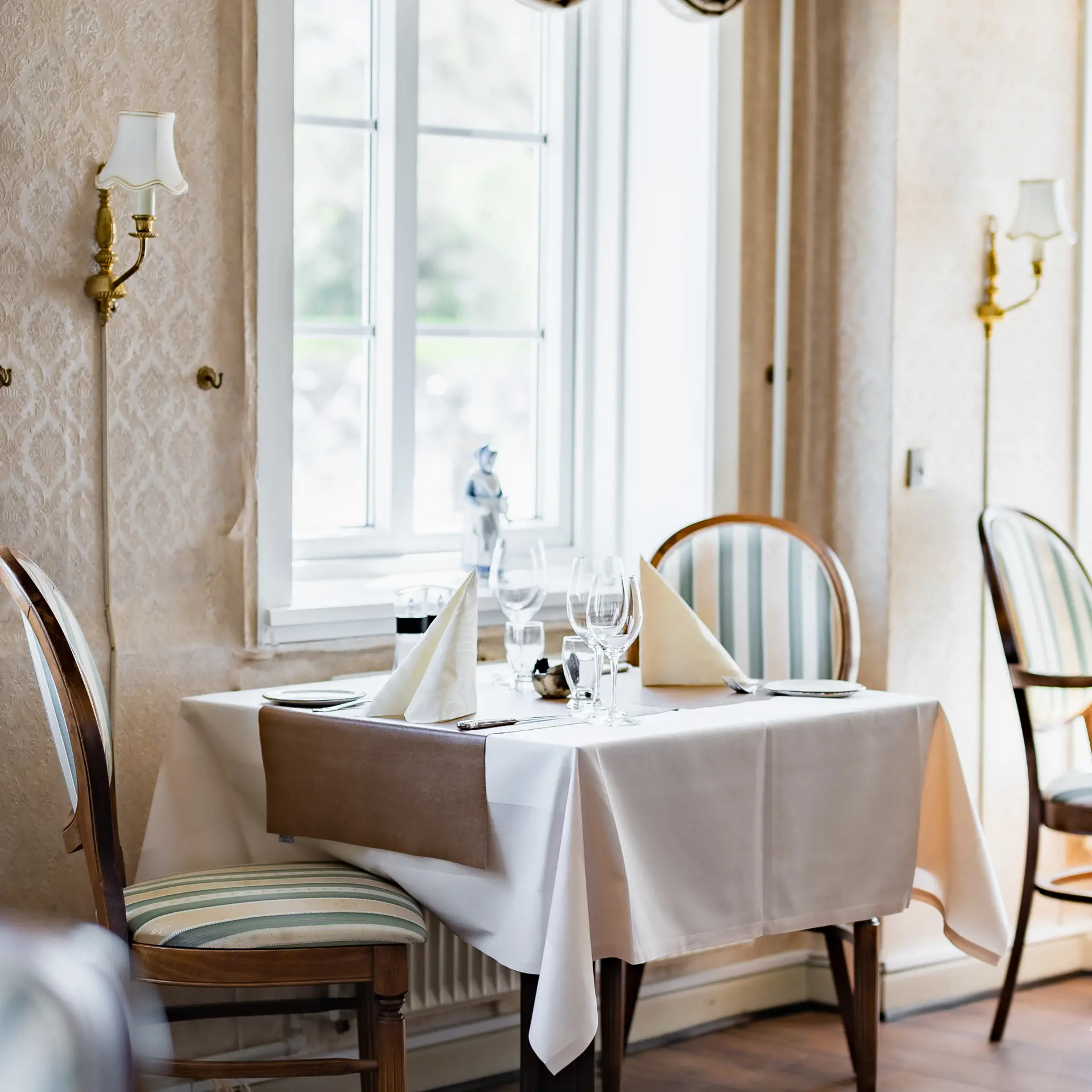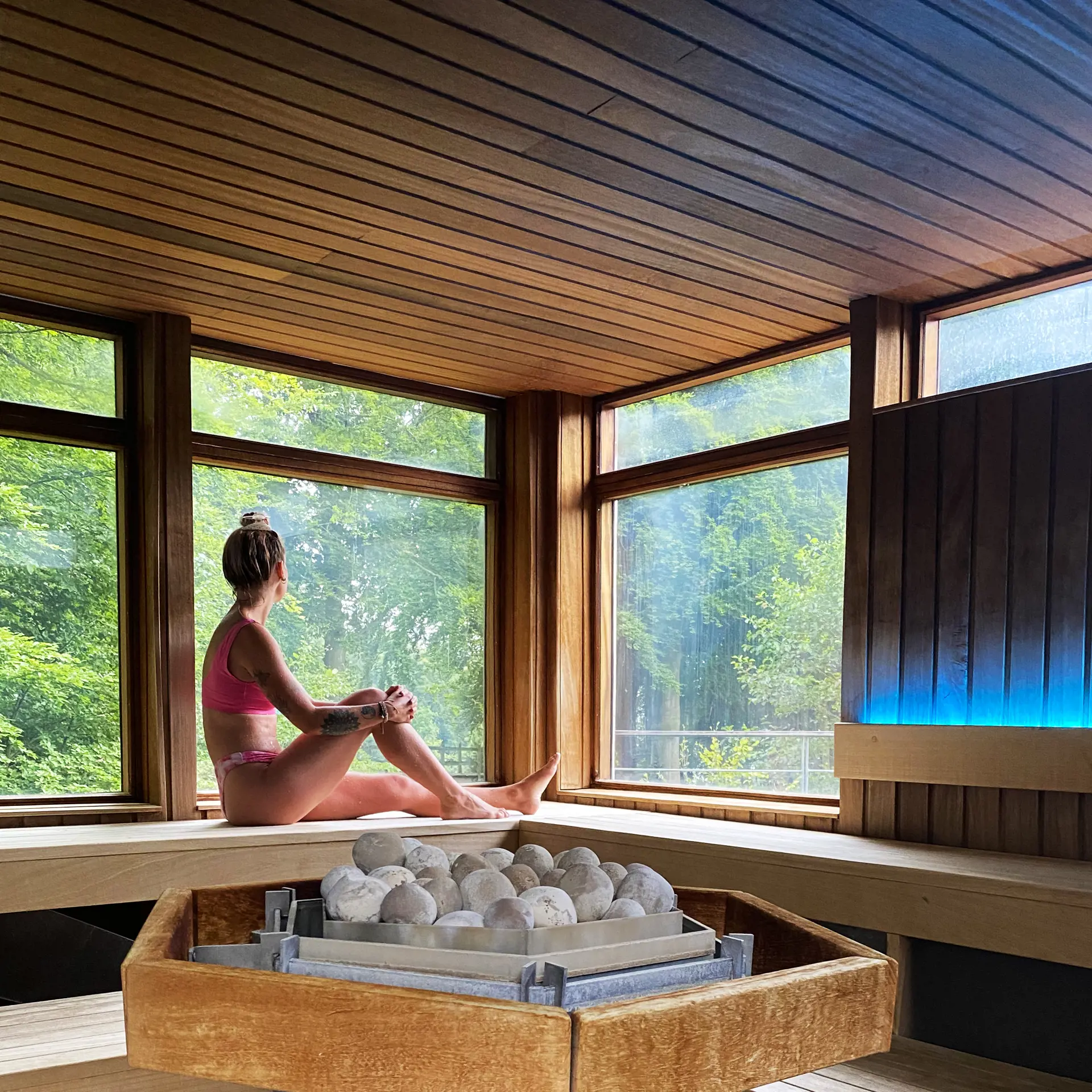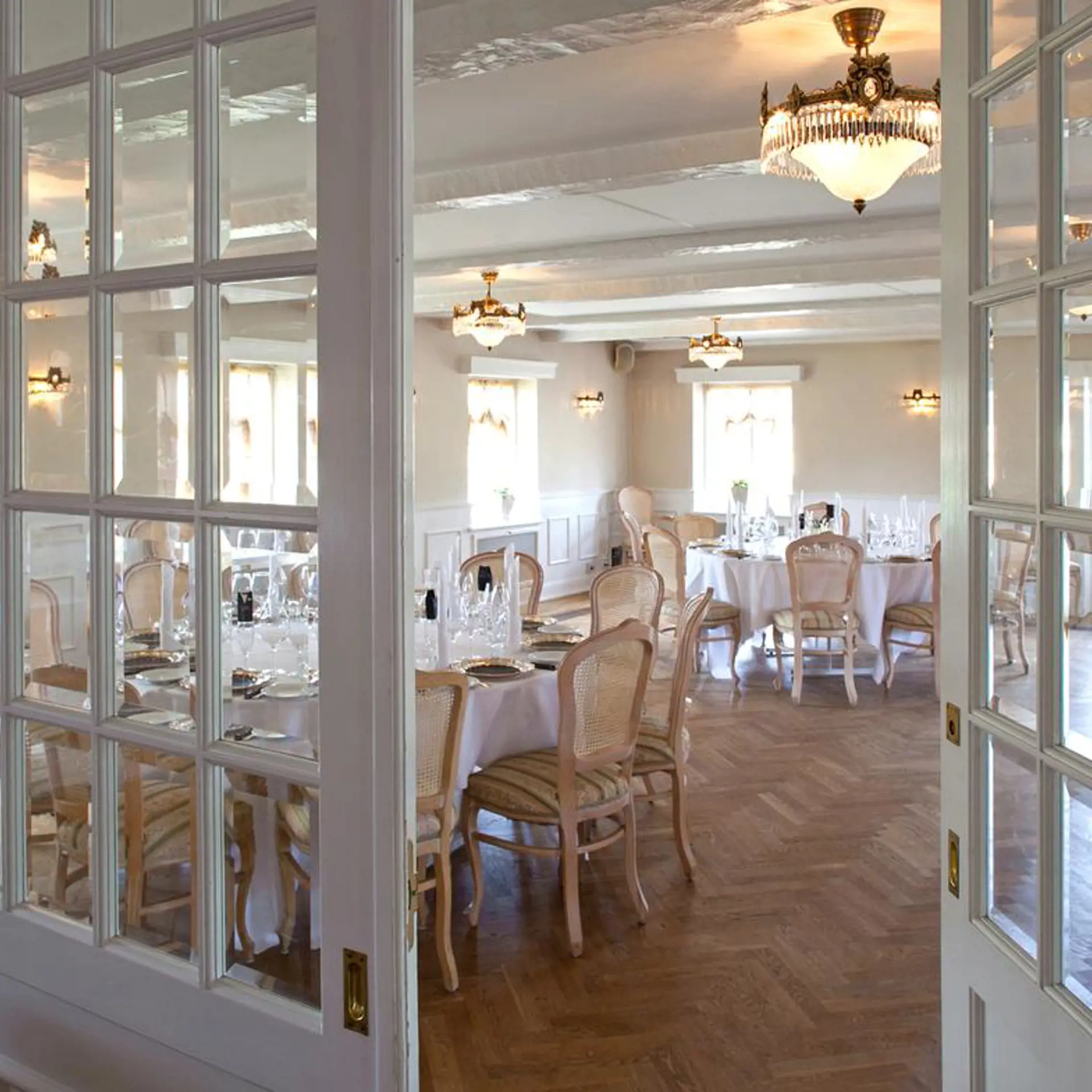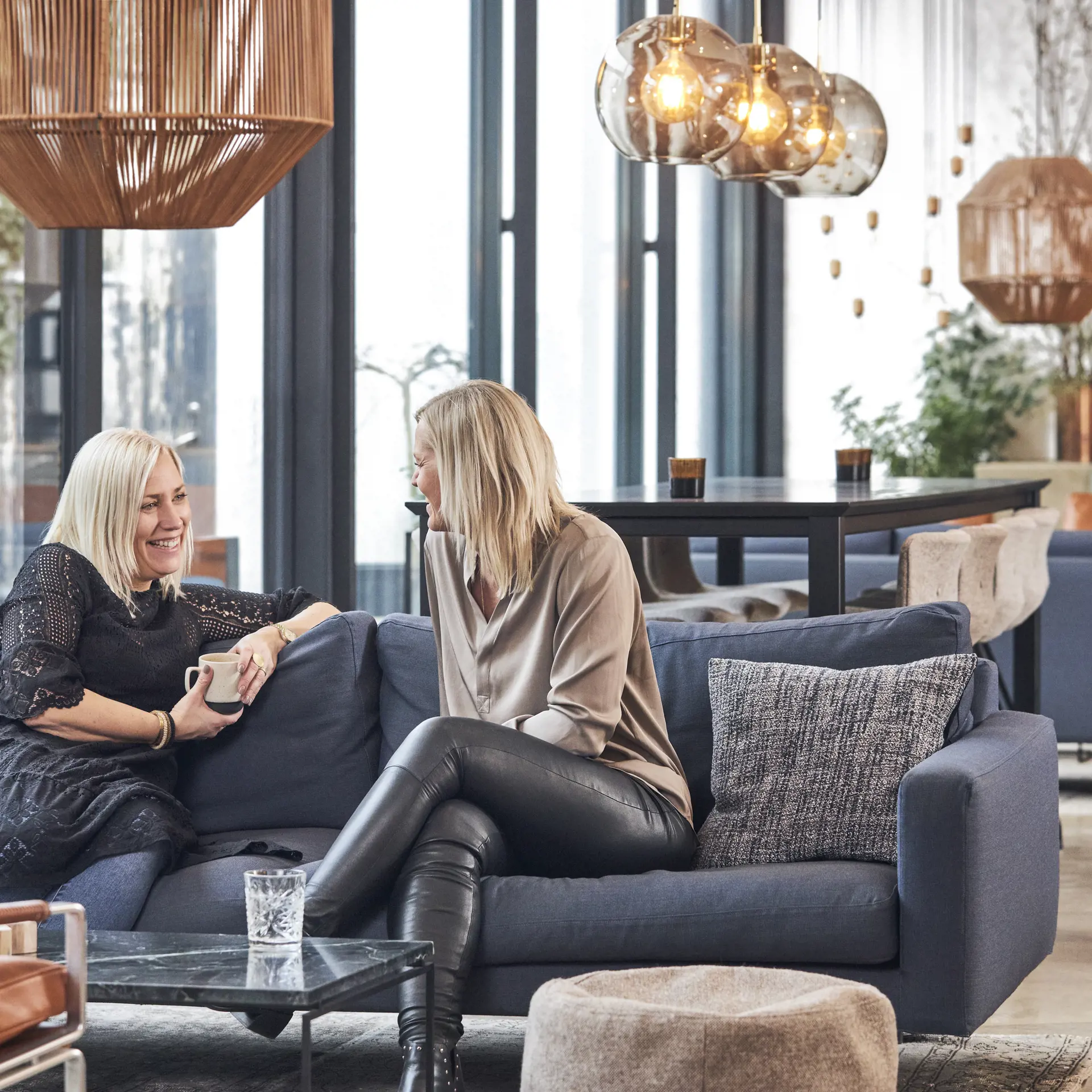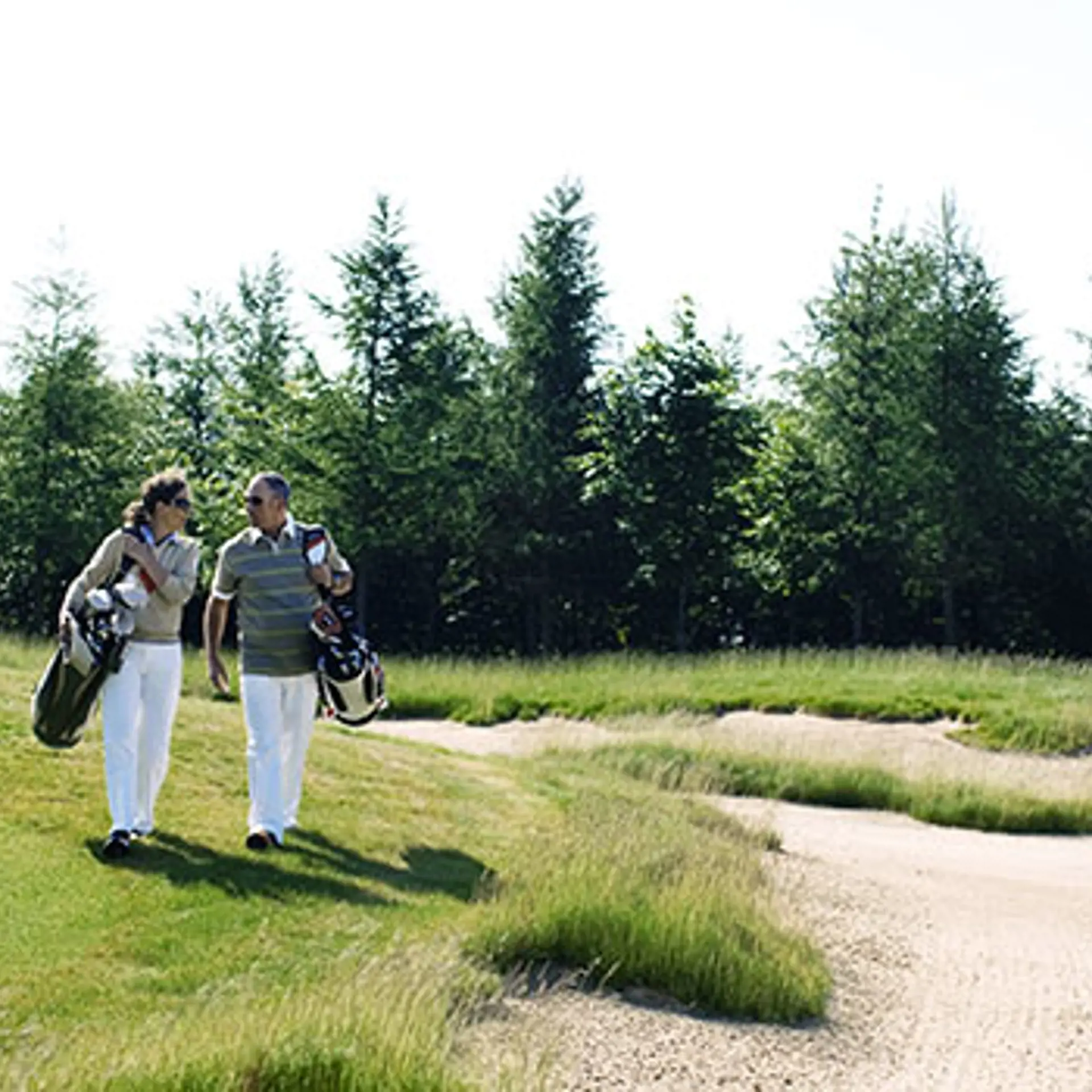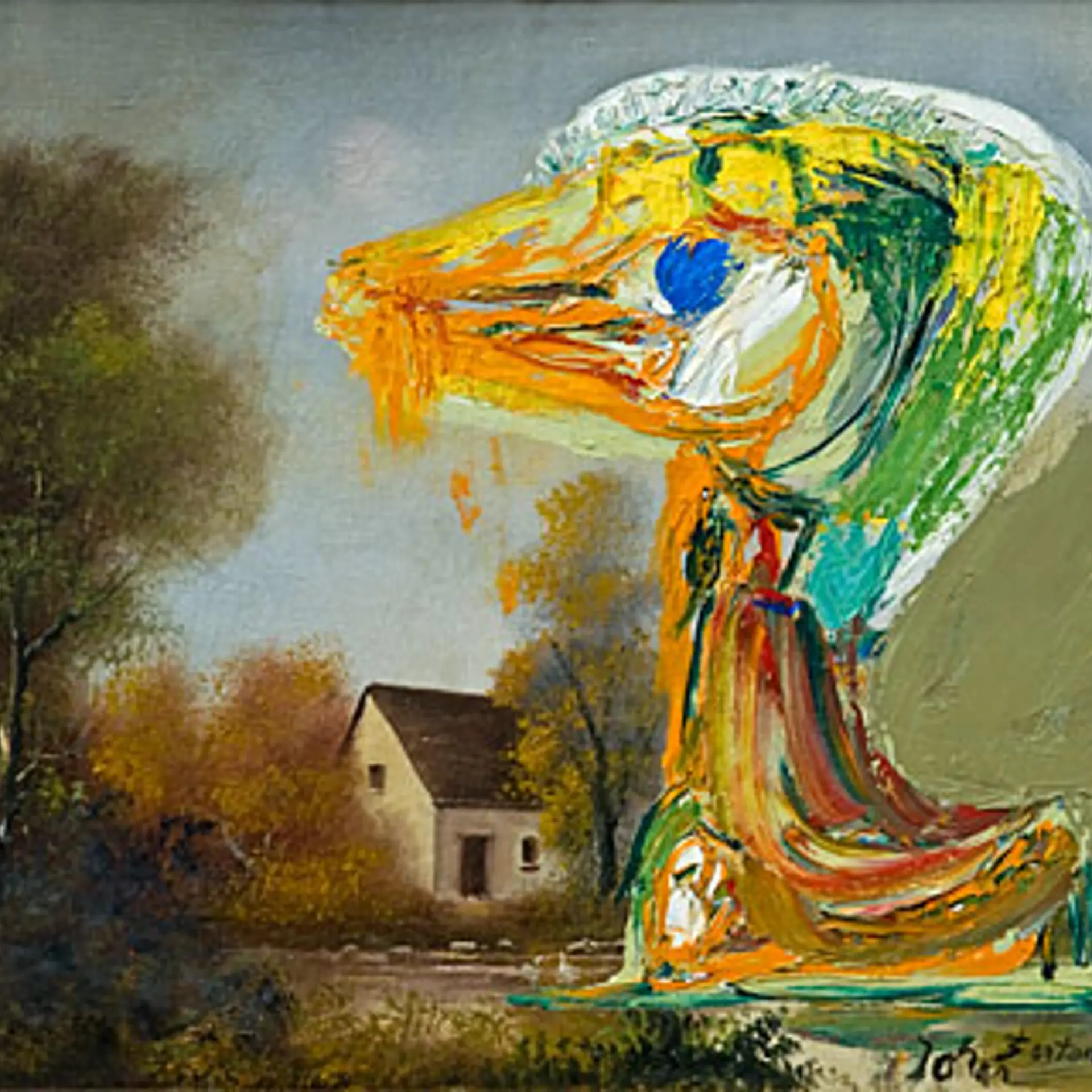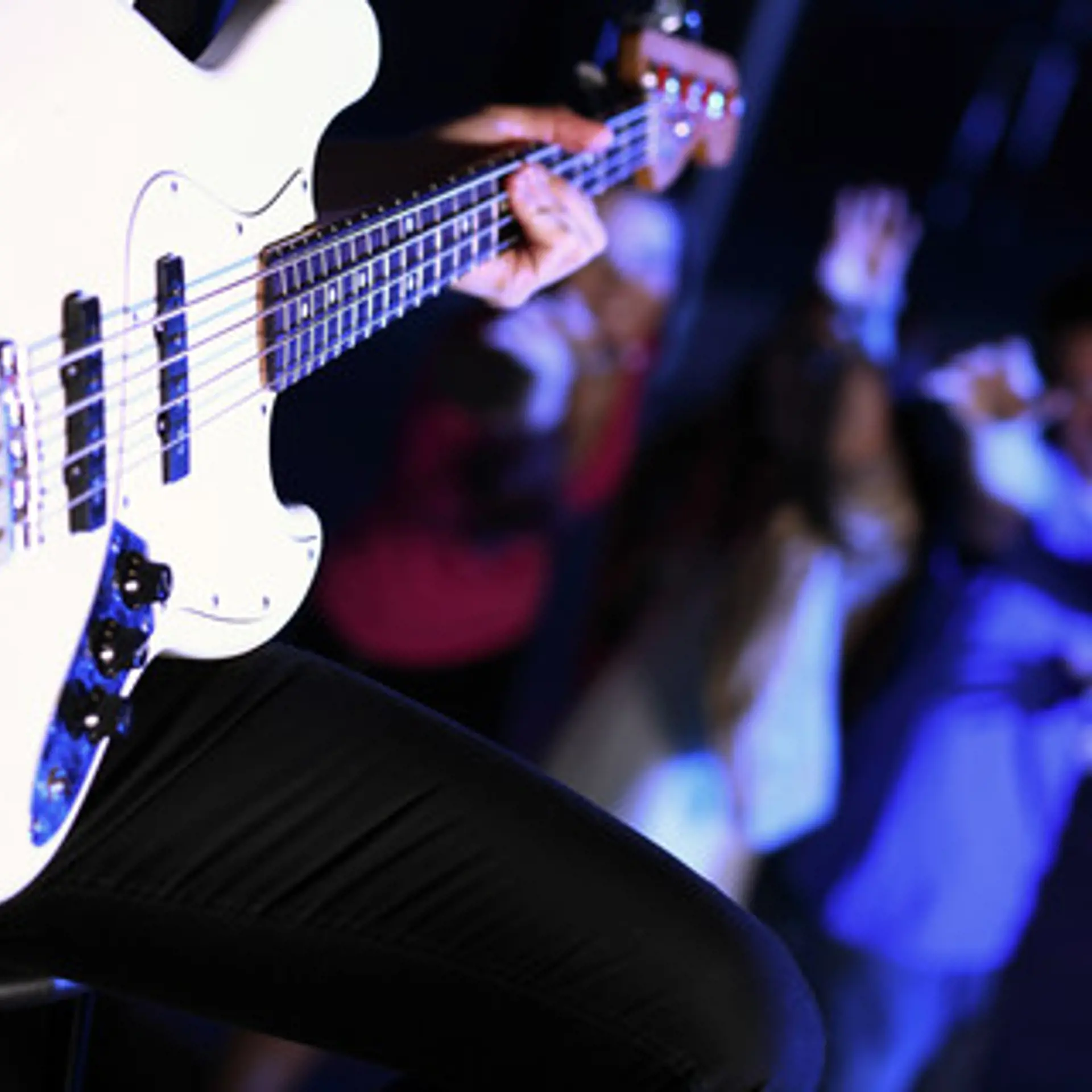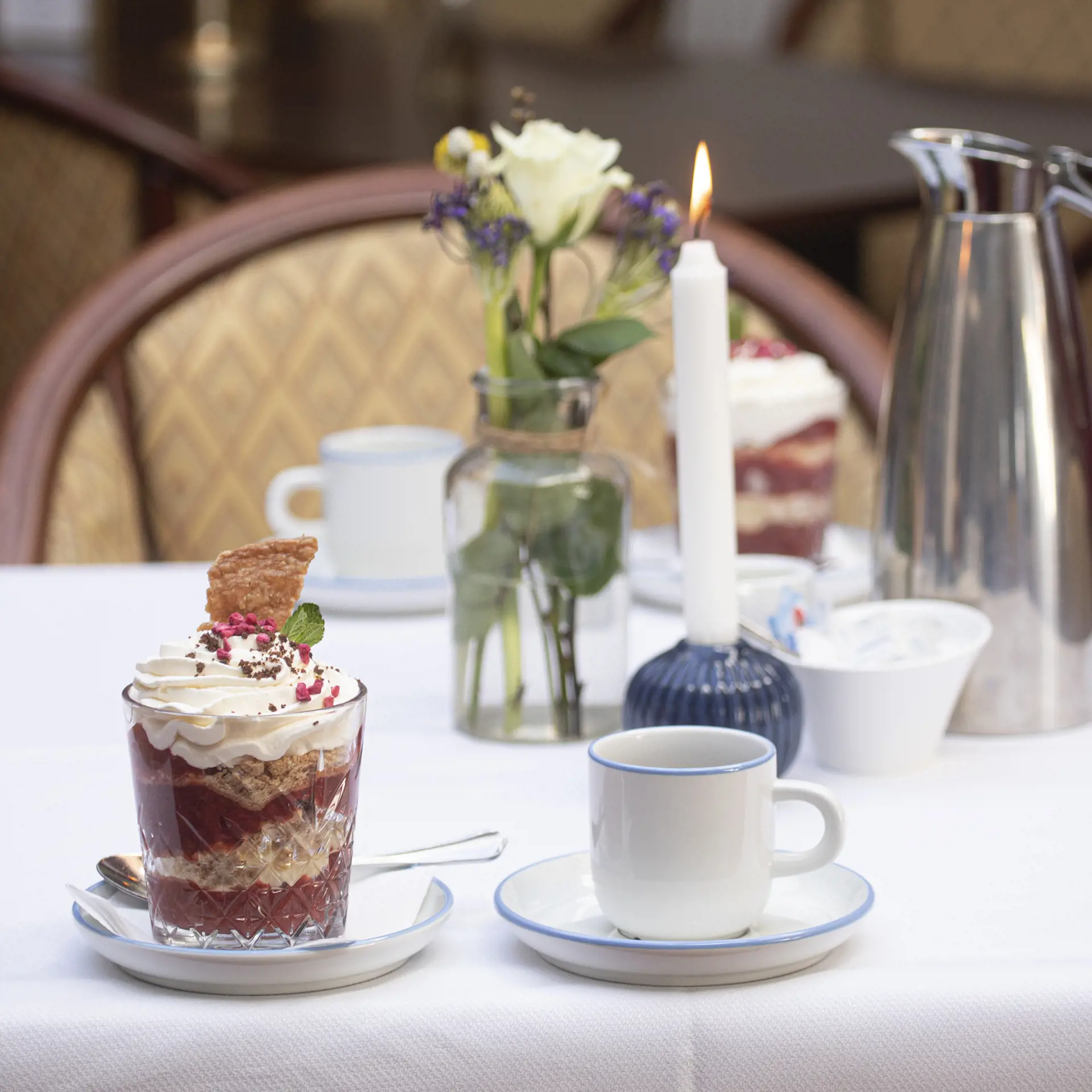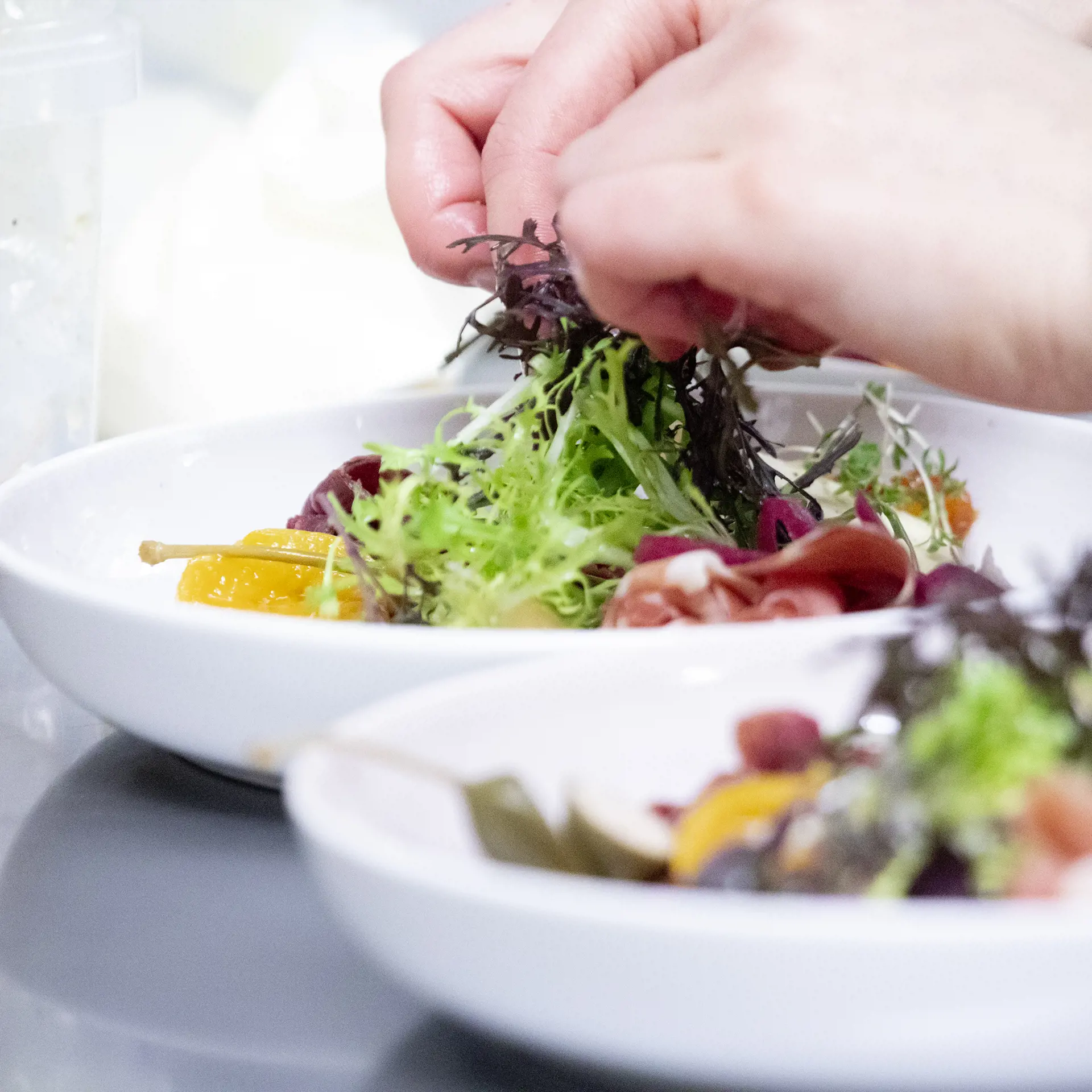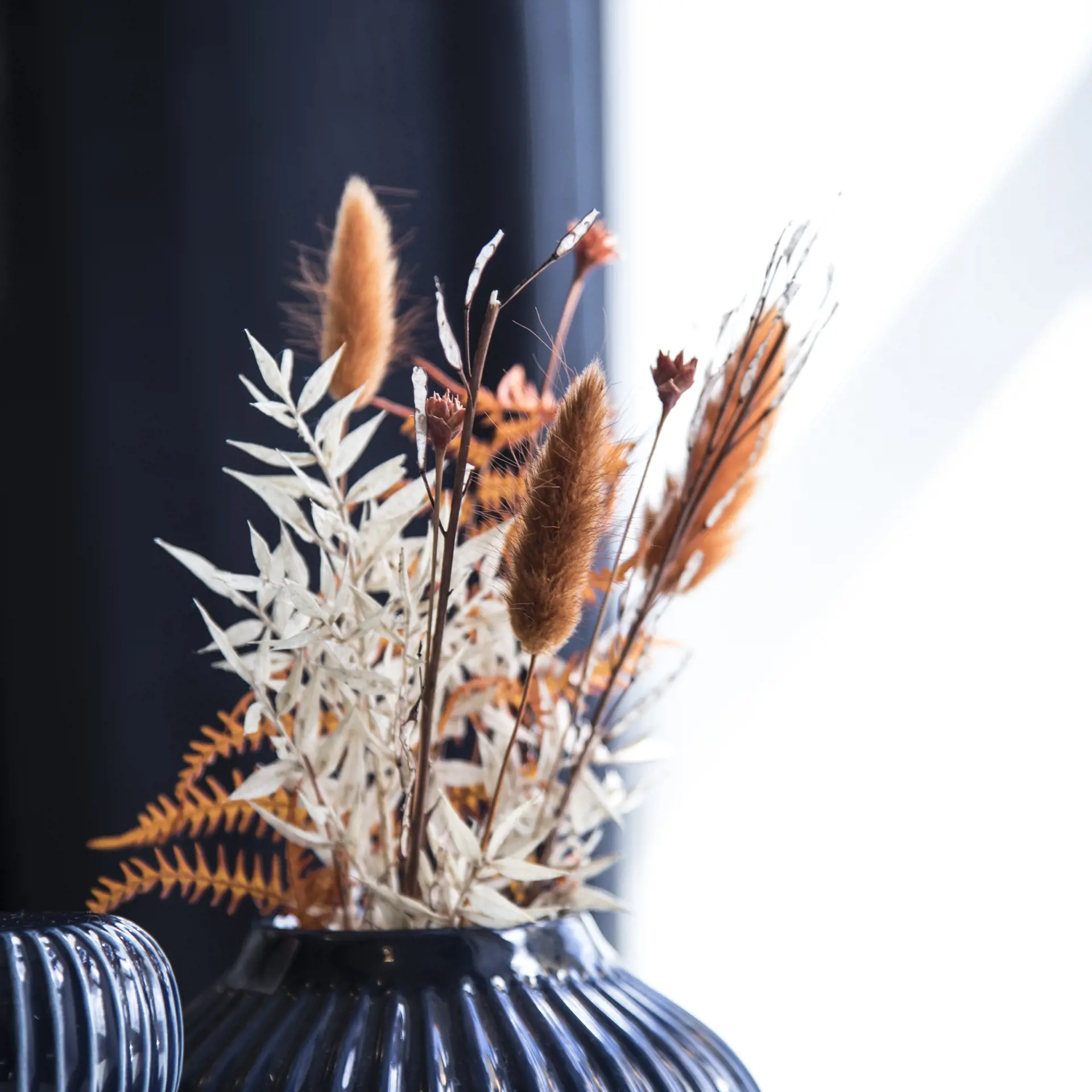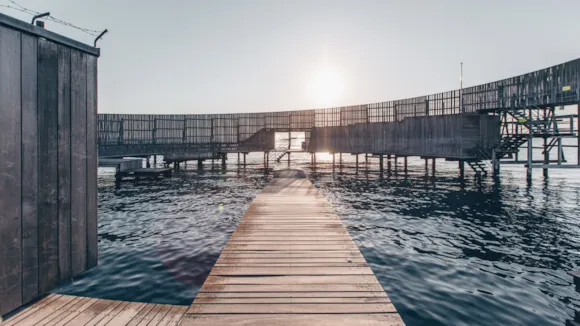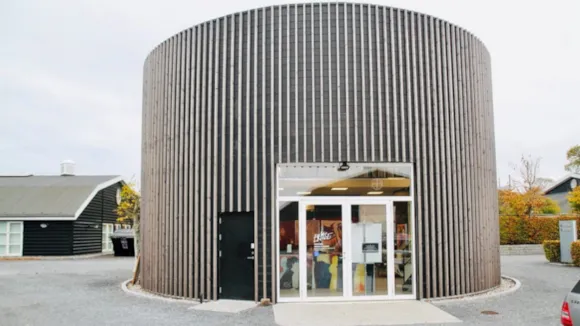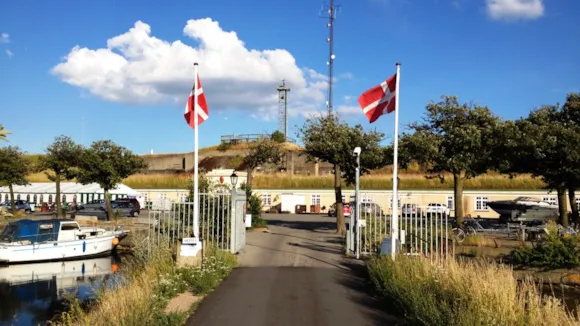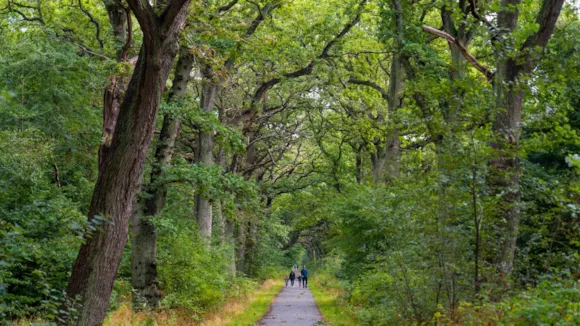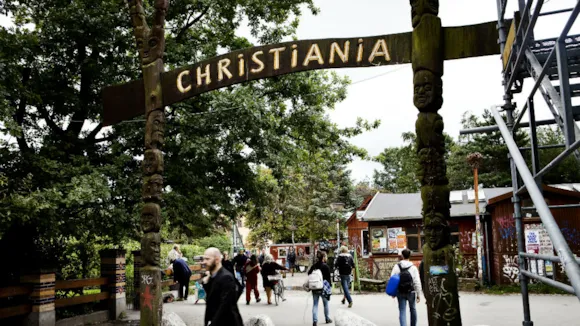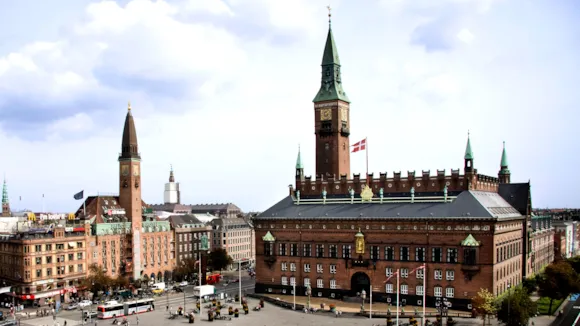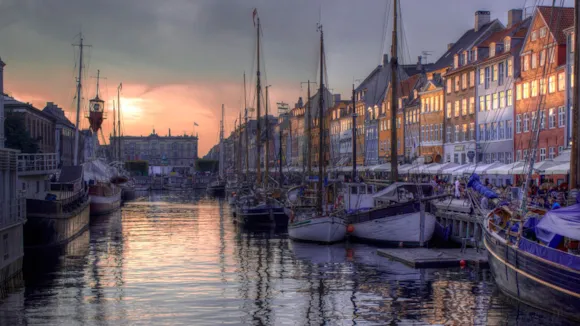Tivoli is a playground for young and old and a spot so full of wonder that it inspired Hans Christian Andersen and Walt Disney. Whether you come for the gardens, music or rides, you’ll have a blast.
Tivoli Gardens was founded in 1843 and has become a national treasure and an international attraction. Fairytale writer Hans Christian Andersen visited many times, as did Walt Disney who even found the inspiration for his own Disney World here. When the garden was founded it was placed outside the city’s moats, but today it’s located right next to the Central station and within walking distance of City hall.
Part of Tivoli Gardens' secret is that there is something for everyone. The scenery is beautiful with exotic architecture, historic buildings, and lush gardens. At night, thousands of coloured lights create a fairytale atmosphere that is completely unique. It has quirks and charm, and details for you to discover – you might catch a glimpse of the guinea fowls or peacocks running freely through the gardens.
Magical, nostalgic and spooky rides
The rides are all designed to match Tivoli's architecture and gardens. Some rides are wonderfully nostalgic, while others will match the expectations of the keenest thrill seekers. Tivoli’s oldest and most popular ride, the wooden Rollercoaster from 1914, is one of only seven rollercoasters worldwide which have a brakeman on board every train. In contrast, you’ll also find Vertigo, which will turn you upside down at 100 km/h. It was voted Europe’s Best Ride in 2014.
The newest ride of all is Villa Vendetta, Denmark's largest permanent haunted house complete with actors, where guests embark on a journey through 12 different rooms spread over 800 spooky square meters.
TRAVEL TIP: With a Copenhagen Card in your hand you get free admission to Tivoli and over 80 attractions as well as free public transportation in the whole capital region.
Dining in Tivoli Gardens
When it comes to food, Tivoli is equally diverse. Lots of people will bring picnics to the garden, but you can also choose from Tivoli's broad selection of restaurants. You'll find everything from traditional Danish cuisine to French bistro to gourmet burgers. Tivoli has a seafood bistro, Figaro as well as the world-renowned burger chain, Gasoline Grill, and one of the city's very best vegetarian restaurants, Gemyse.
If you’re up for a more relaxed, food-stand kind of food, Tivoli has got that as well. On the corner of Tivoli, towards the Central Station, you’ll find Tivoli Food Hall. The architects behind the building also created the stunning glass pyramid of the Louvre in Paris. Inside you’ll find a variety of different cuisines, from healthy Islandic dishes at Glò to delicious, hot flatbread at North-African Wakha, and everything in between.
You could also try the classy Nimb and Nimb Hotel, which are situated in Tivoli Gardens. They have a variety of different restaurants – for example in the restaurant Fru Nimb, you can get traditional Danish smørrebrød (open-faced sandwiches). There is also the outstanding patisserie Cakenhagen to enjoy for its coffee, cakes and champagne.
Want to know more about dining in the city centre? Check out our guide.
Tivoli's music program
The music program in Tivoli has exciting events to offer every year no matter your age or genre preferences. Besides major events such as Friday Rock and Summer Classic, there is live music in Tivoli every single day. See Tivoli Gardens' music calendar.
Tivoli's seasons
Tivoli has opened throughout the year with a variety of themed attractions. Halloween, Christmas, winter and summer each have their own uniquely themed season in Tivoli, where the gardens are redecorated to convey the cosy winter vibes, the hearty Christmas feeling, and the nostalgic long summer days and scary Halloween. Check out the opening hours of each season on Tivoli's website.
Tivoli is among Copenhagen's top attractions. You can learn more about the top attractions here.
